From blueberries to strawberries to elderberry, we are covering 40 different types of berries in this guide to berry varieties!
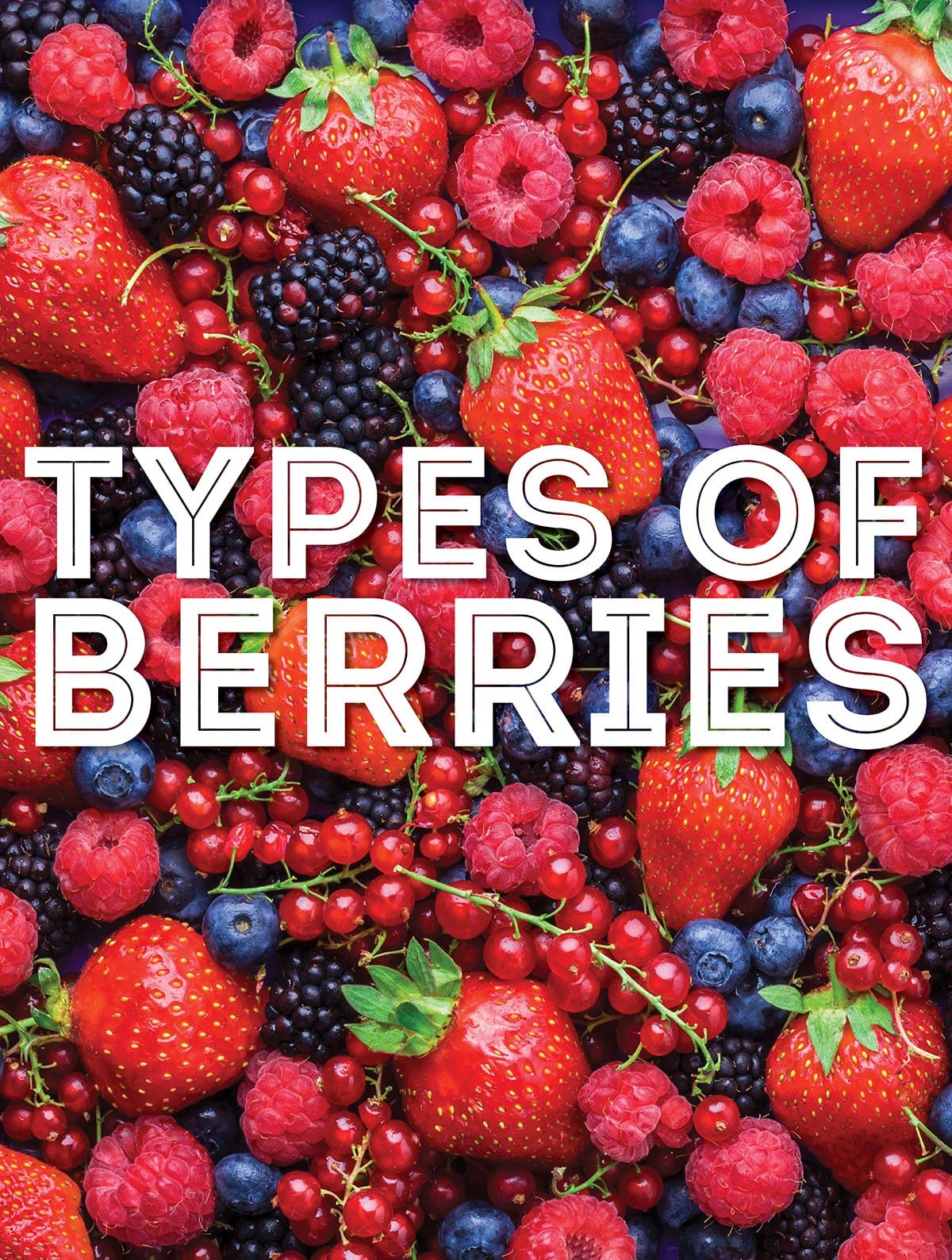
What Makes a Berry a Berry?
By definition, a berry is a fruit that comes from the single ovary of an individual flower. Okay, Live Eat Learn probably has over a thousand articles, and I am pretty sure we have never used the word ovary. This, however, is the botanical definition of a berry.
In the culinary world, we think of berries a little differently. Generally berries are small, juicy, plump fruits with a roundish shape, and typically with the word “berry” is in their name. You can usually eat a berry in one bite or 2-3 if you are savoring it. While this is not the scientific definition, I consider this the culinary definition. For our list of different types of berries we will stick the the culinary definition (opinion).
Fruit Trivia
How old is the first evidence of fruit growing on Earth? (Scroll to the bottom of the article for the answer!)
Berry Nutrition Information
Berries are definitely a healthy dietary option. Most are relatively low in calories at an average of about 15 calories per raw ounce. They are a great source of vitamin C, and an even better source of fiber.
The USDA asserts that less than 10% of Americans eat enough fiber. Add your favorite berries to your yogurt, cereal, or smoothies for an instant fiber boost.
- Acai Berry
- Akebia Fruit
- Asparagus Berry
- Baobab Berry
- Barberry
- Blackberry
- Black Mulberry
- Blueberry
- Boysenberry
- Cape Gooseberry
- Cedar Berry
- Ceylon Gooseberry
- Cherry Berry
- Cloudberry
- Cranberry
- Dogwood Berry
- Elderberry
- Goji Berry
- Goumi Berry
- Golden Berry
- Gooseberry
- Guava Berry
- Honey Berry
- Huckleberries
- Indian Gooseberry
- Kiwi Berry
- Lingonberry
- Mafura Berry
- Marula Berry
- Miracle Berry
- Mulberry
- Raspberry
- Salal Berry
- Saskatoon Berry
- Sea Buckthorn Berries
- Strawberry
- Tazziberry
- Watermelon Berry
- Yew Berry
Types of Berries
Acai Berry
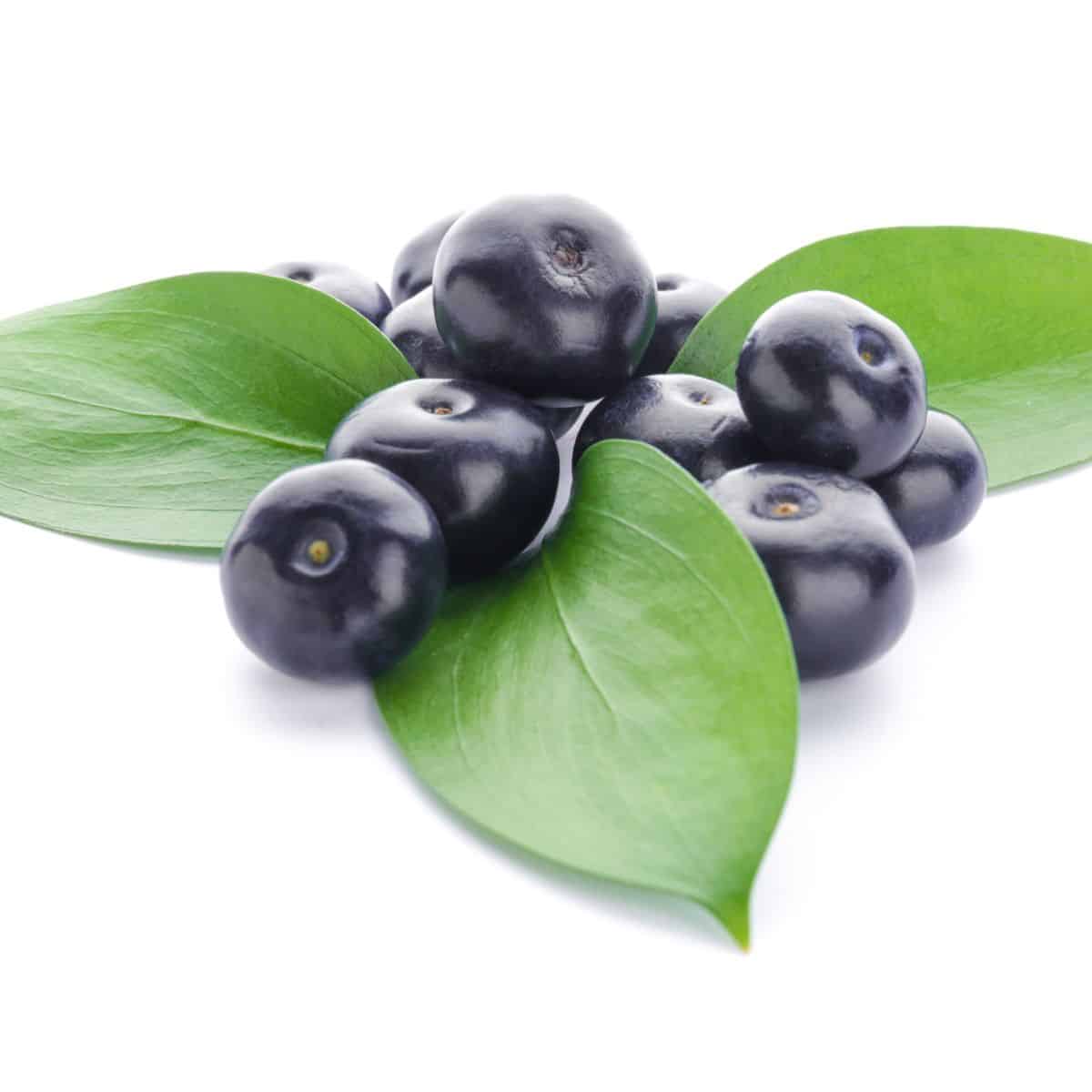
The acai berry is a small, dark purple berry that is native to the Amazon Rainforest. They are high in antioxidants and have been linked to numerous health benefits, such as improving heart health and reducing inflammation. They are commonly used in smoothies and bowls. The acai has a unique flavor often described as a combination of berries and chocolate.
Akebia Fruit
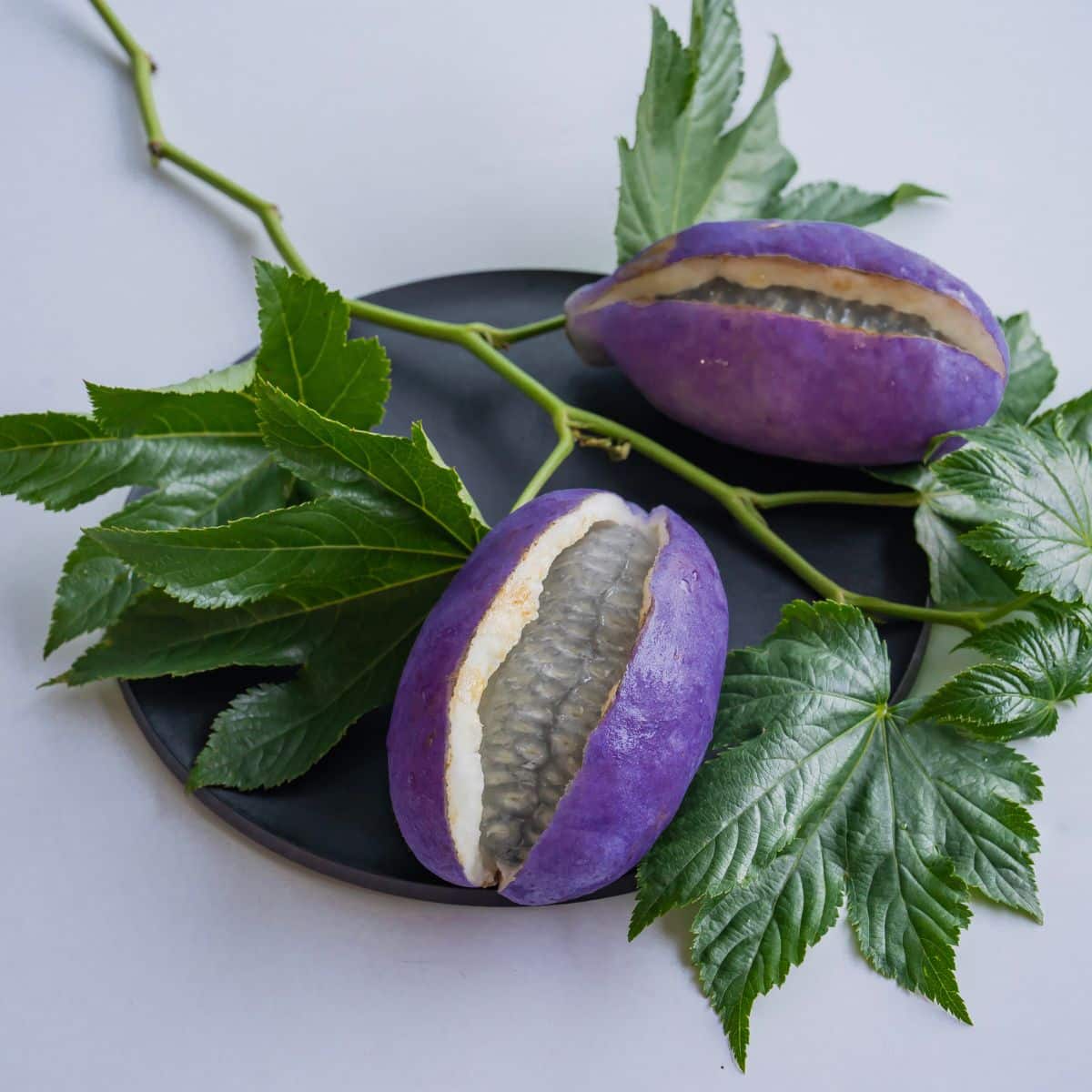
The akebia fruit is a small purple fruit native to Japan. It has a sweet and slightly tart flavor, and is often used in traditional Japanese medicine.
Asparagus Berry
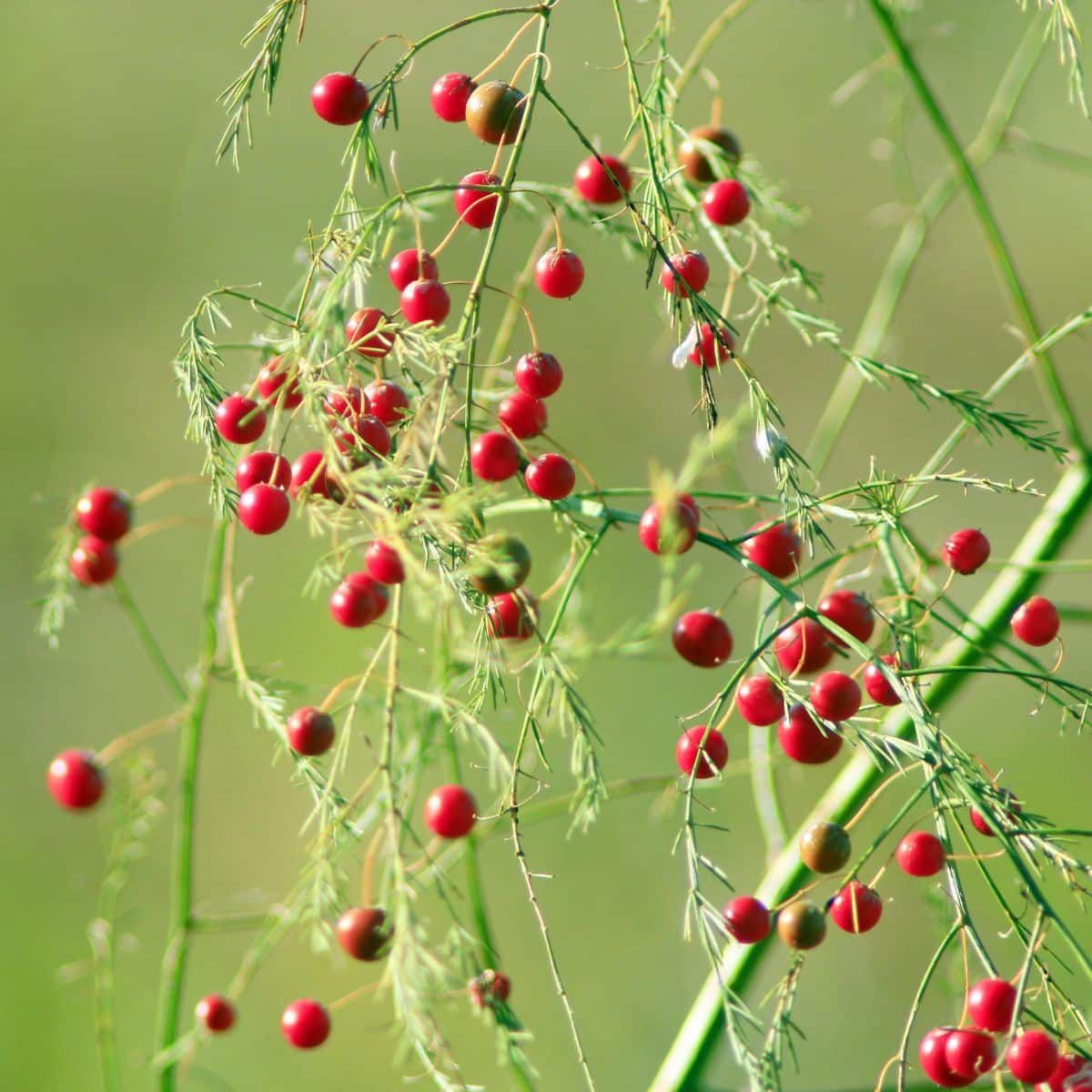
We are including asparagus berries in this article as a cautionary note, or perhaps just a topic of interest. The asparagus plant self-propagates through a red berry-like seed pod. The berries are toxic to humans. If you consider growing our own asparagus, keep this in mind.
Baobab Berry
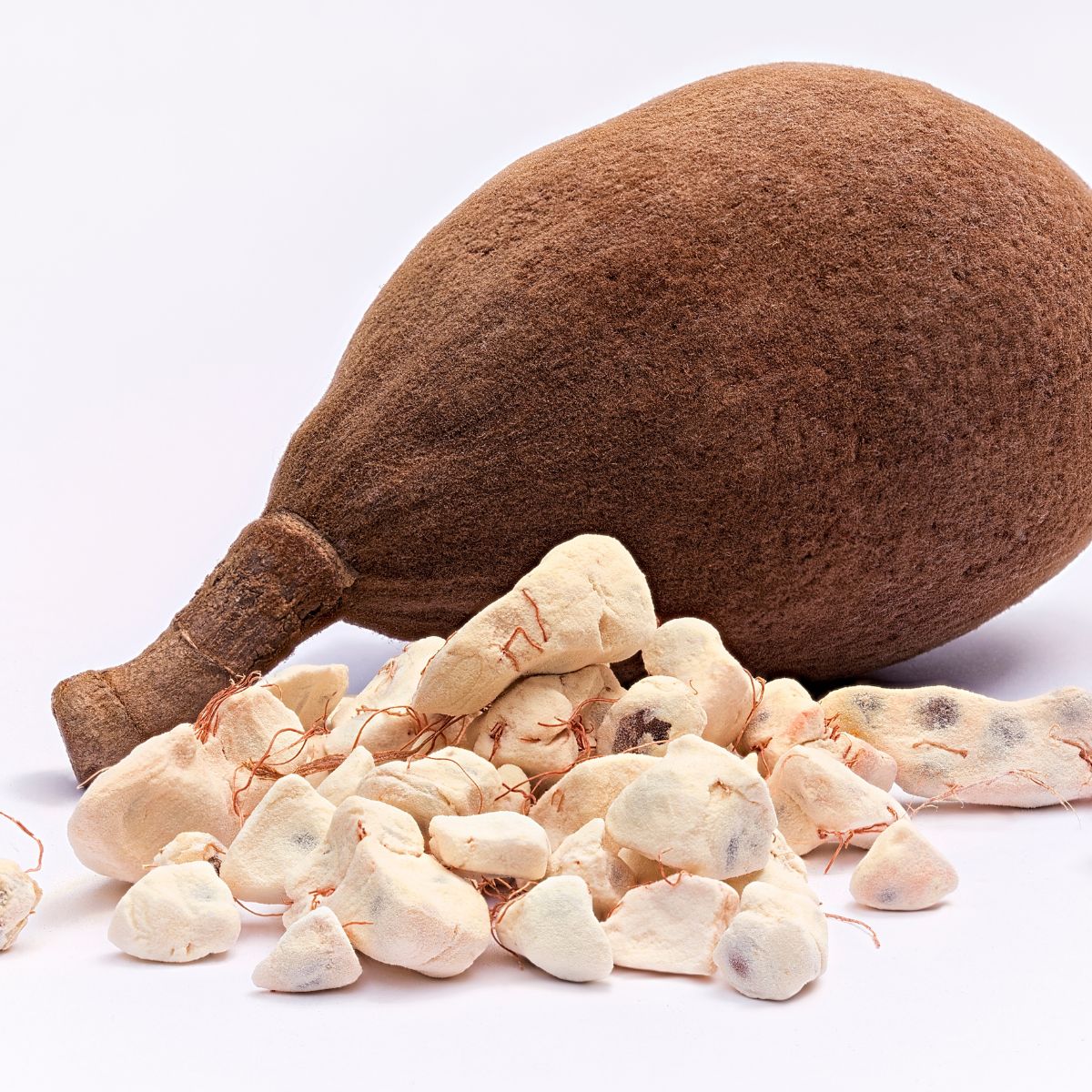
The baobab tree is known as the “tree of life” in Africa, and its fruit is just as impressive. Baobab berries are rich in vitamin C, fiber, and antioxidants. They have a tangy, citrusy flavor and are often used in drinks, smoothies, and desserts.
Barberry
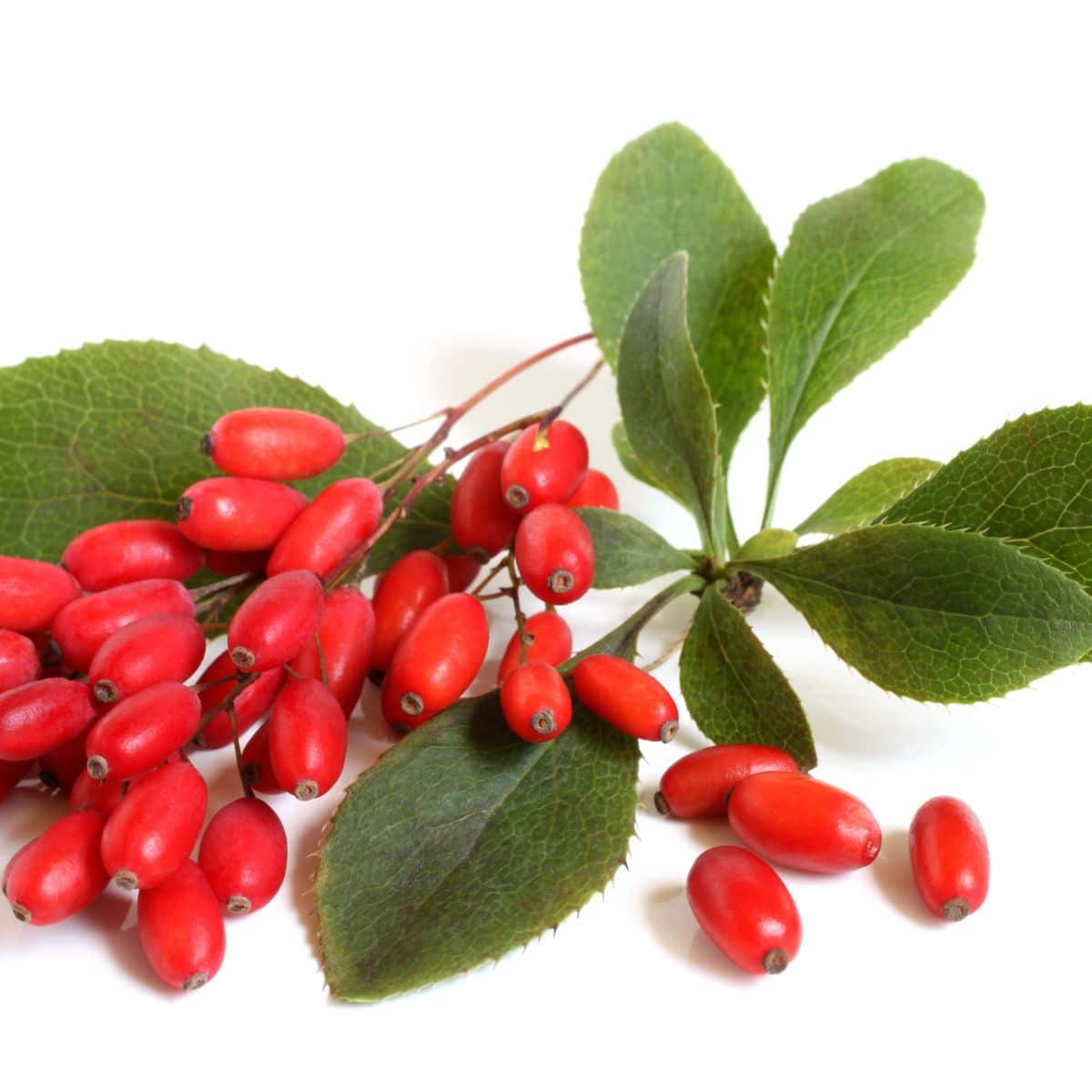
Barberries are grown around the world though the most popular variety is the European barberry. They are often grown as an ornamental shrub as their spines are a good deterrent to burglars. The Japanese Barberry, however, is banned in several states because of their tendency to harbor tics thus increasing the threat of lyme disease. Barberry fruits are definitely edible, tasting rather like dried cranberries and often used in jams, jellies, sprinkled on salads, and added to granola.
Blackberry
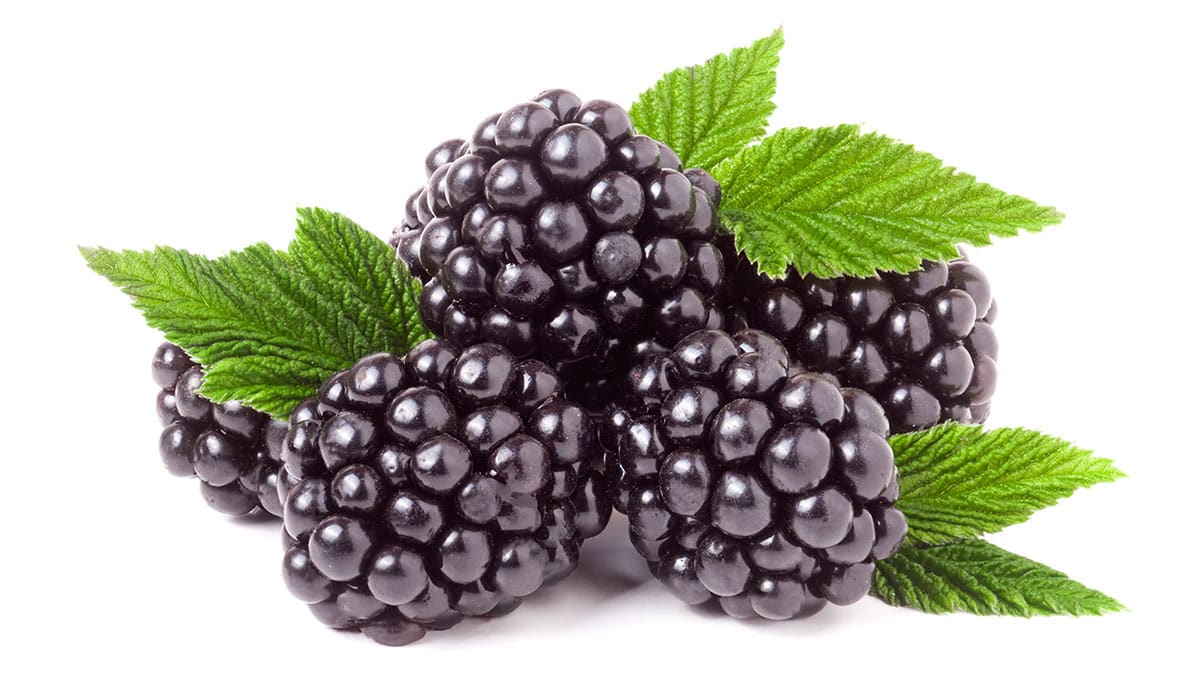
Blackberries are a dark-colored berry with a sweet and slightly tart flavor, and are high in fiber, vitamin C, and antioxidants. They grow best in temperate northern climates, and are grown across the Northern United states. They are commonly used in pies, berry jam, and smoothies. Give them a try in our favorite Blackberry Cabbage Smoothie (4 ways). We know what you’re thinking here, cabbage? But trust us, it works.
Black Mulberry
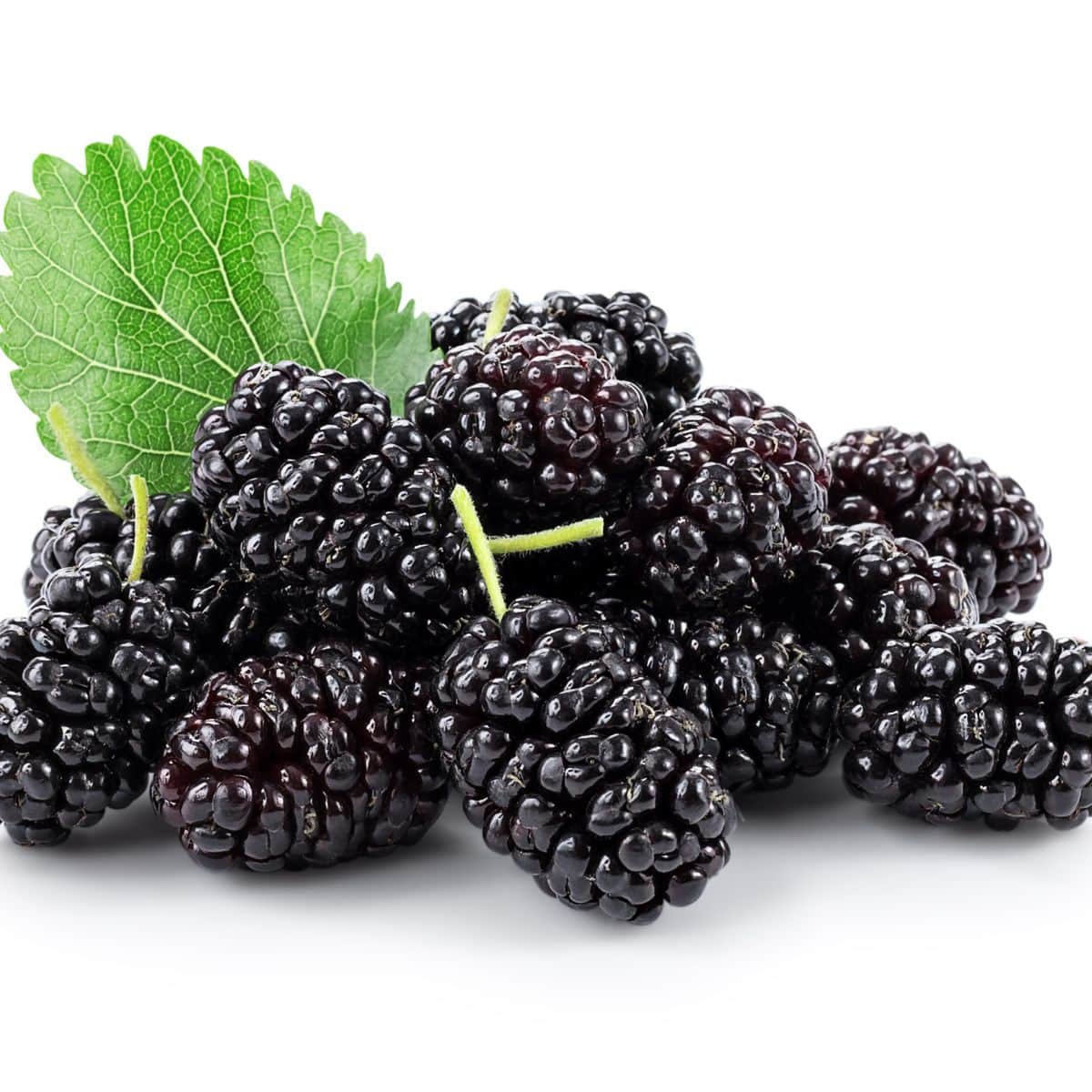
The black mulberry is native to Iran (Persia). This berry has a pleasant sweet tart flavor though the flavor does vary substantially. Use this in lieu of blackberries or raspberries in any recipe. They are great eaten by the handful or in desserts.
Blueberry
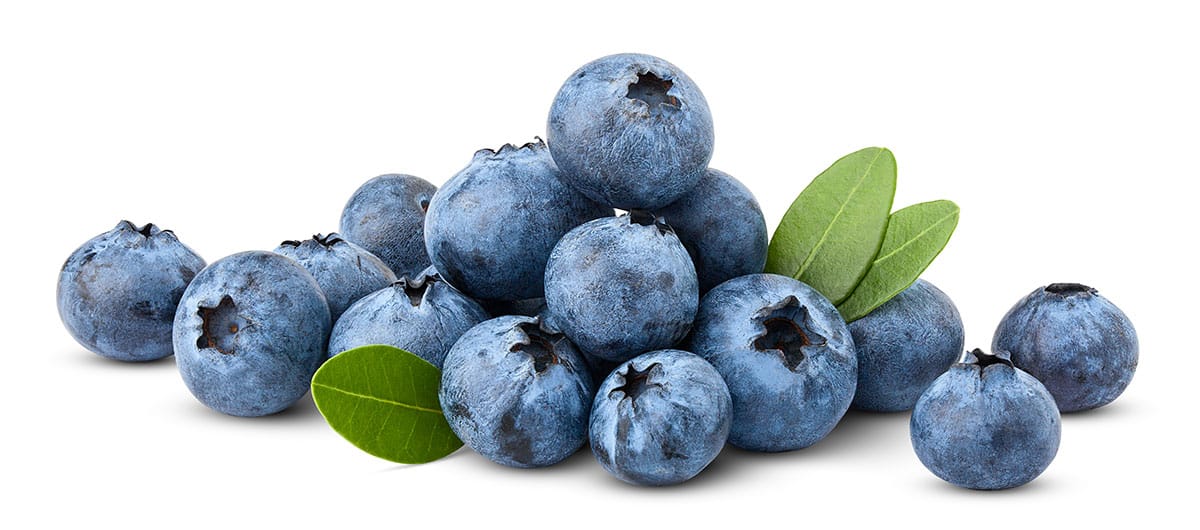
Blueberries are one of only three berries native to North America. While blueberries are commonly used in sweets (like Blueberry Cheesecake Popsicles), they are also great in savory foods like this quick and easy Blueberry Balsamic Grilled Cheese.
We won’t list all the blueberry varieties commercially available, but just a few of our favorites.
- Biloxi Blueberry is a warm region blueberry noted for its plumpness, sweet taste, and juiciness. They are usually hand-picked as they are more delicate than other varieties, but this makes them a popular southern variety open for DIY blueberry picking.
- Chandier Blueberry is a very recent cultivar released for commercial sales in 1995. The berries are on the large side, and do not hold up well to machine picking. This tends to limit their sales to local markets and causes the price to be higher than other blueberries. This variety is also sometimes available for DIY blueberry picking.
- Patriot Blueberry is a third type of blueberry worth mentioning. Only developed in 1976 the plant grows berries reaching the size of a quarter. This blueberry variety was developed to be disease-resistant, withstand cold, be self-pollinating, and produce larger crops. This is typical of many fruits. Horticulturists, often funded by national governments, work to develop fruits that taste better, grow in a wider variety of conditions, or produce larger yields.
- Alaskan Blueberry are delicious berries grown in one of the few places in America where you can still find large tracts of wild blueberries. I grew up in Alaska, so I had to give a nod to this wonderful fruit.
Boysenberry
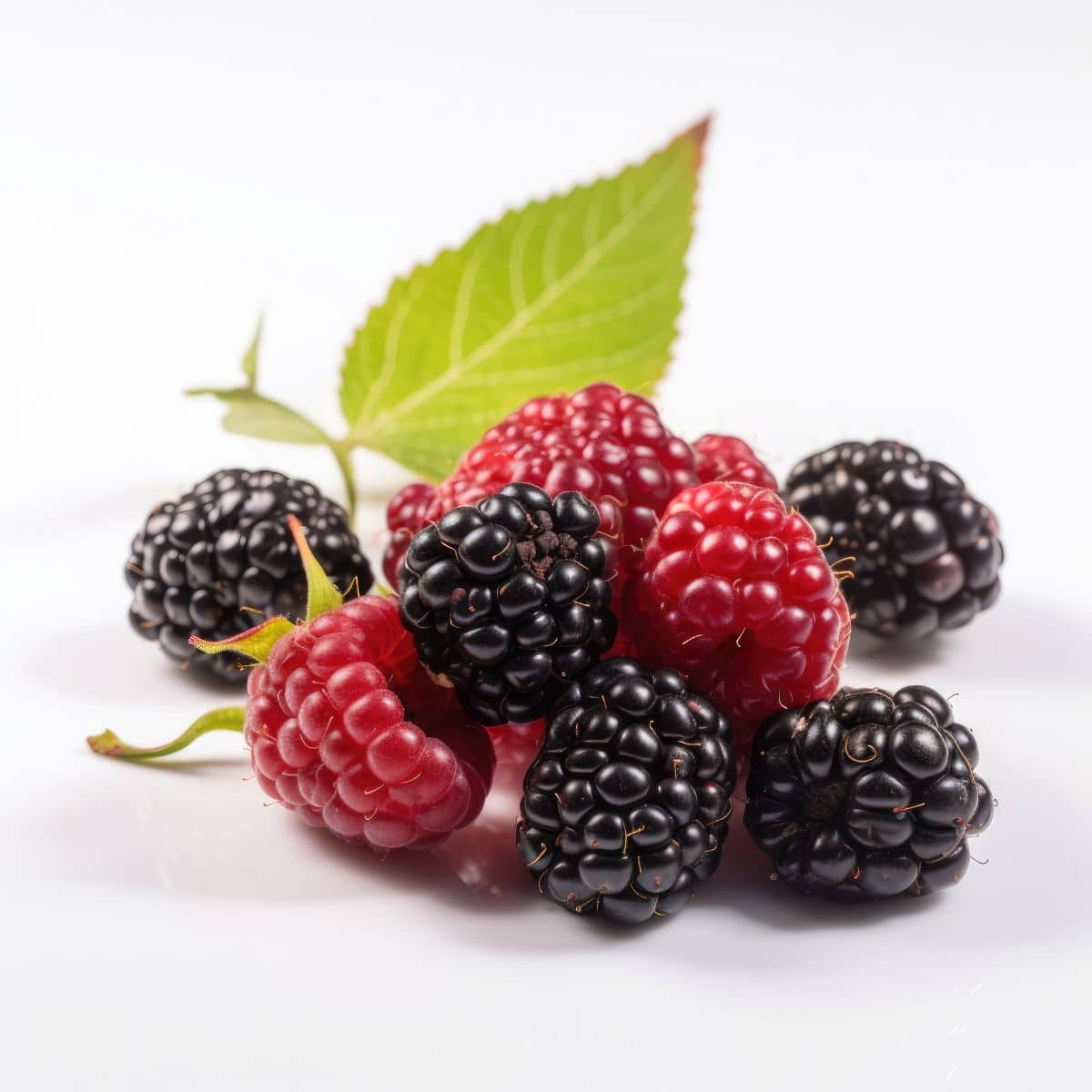
Boysenberries are a cross between blackberries, raspberries, and loganberries. We aren’t really sure just where they came from, but believe they were developed in California about 100 years ago. They are large, deep red berries with a sweet, slightly tart flavor. Boysenberries can be used as you would raspberries or blackberries. Eat them raw, put them in yogurt, fruit salads, smoothies, or in baked desserts.
Cape Gooseberry
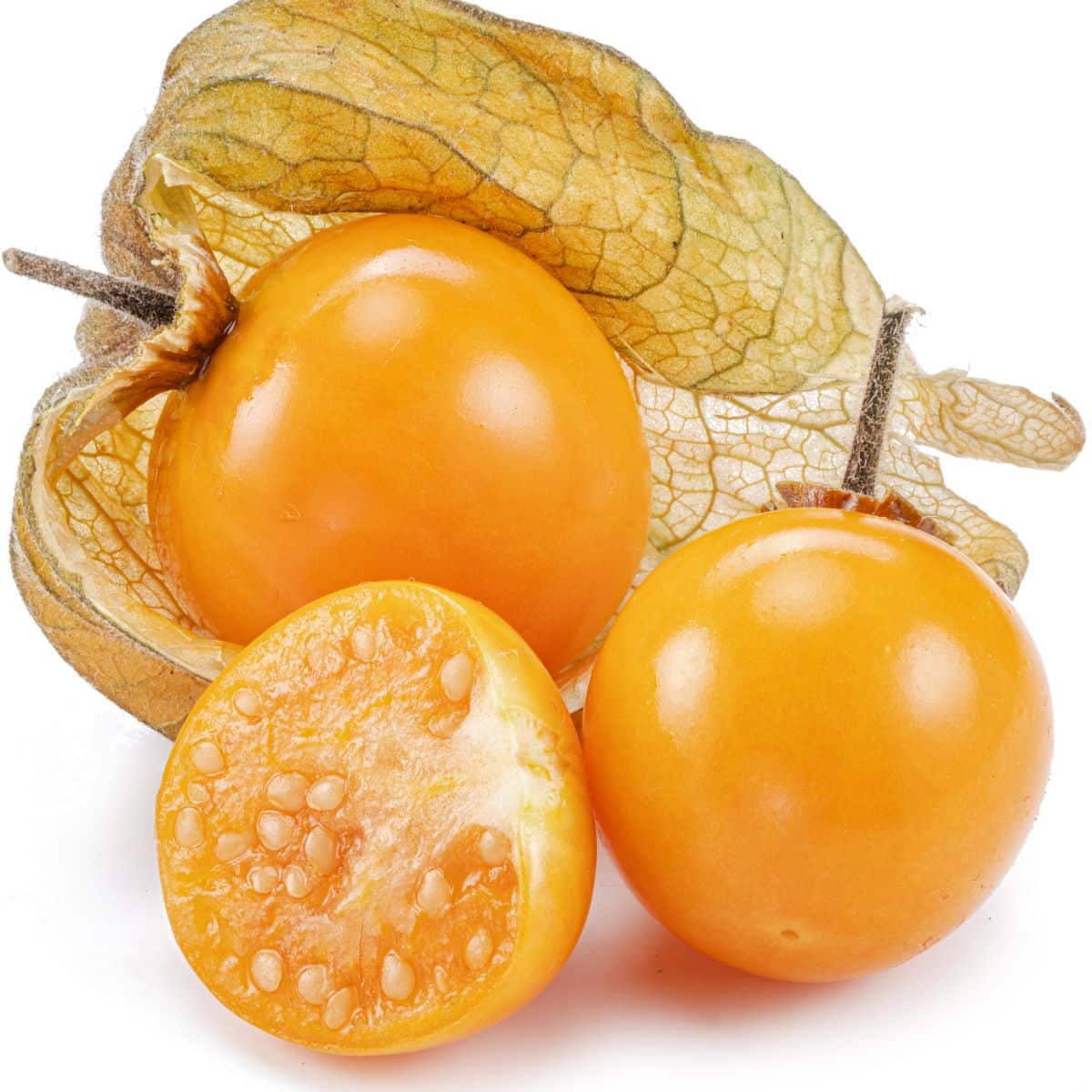
Cape gooseberries, also known as physalis, are small golden berries that are native to South America, but are now widely cultivated in Africa, China, India, and the Philippines. They have a sweet and slightly tart flavor and are rich in vitamin C, vitamin A, and potassium. They’re often used in jams, pies, fruit salads, sauces, and ice cream.
Cedar Berry
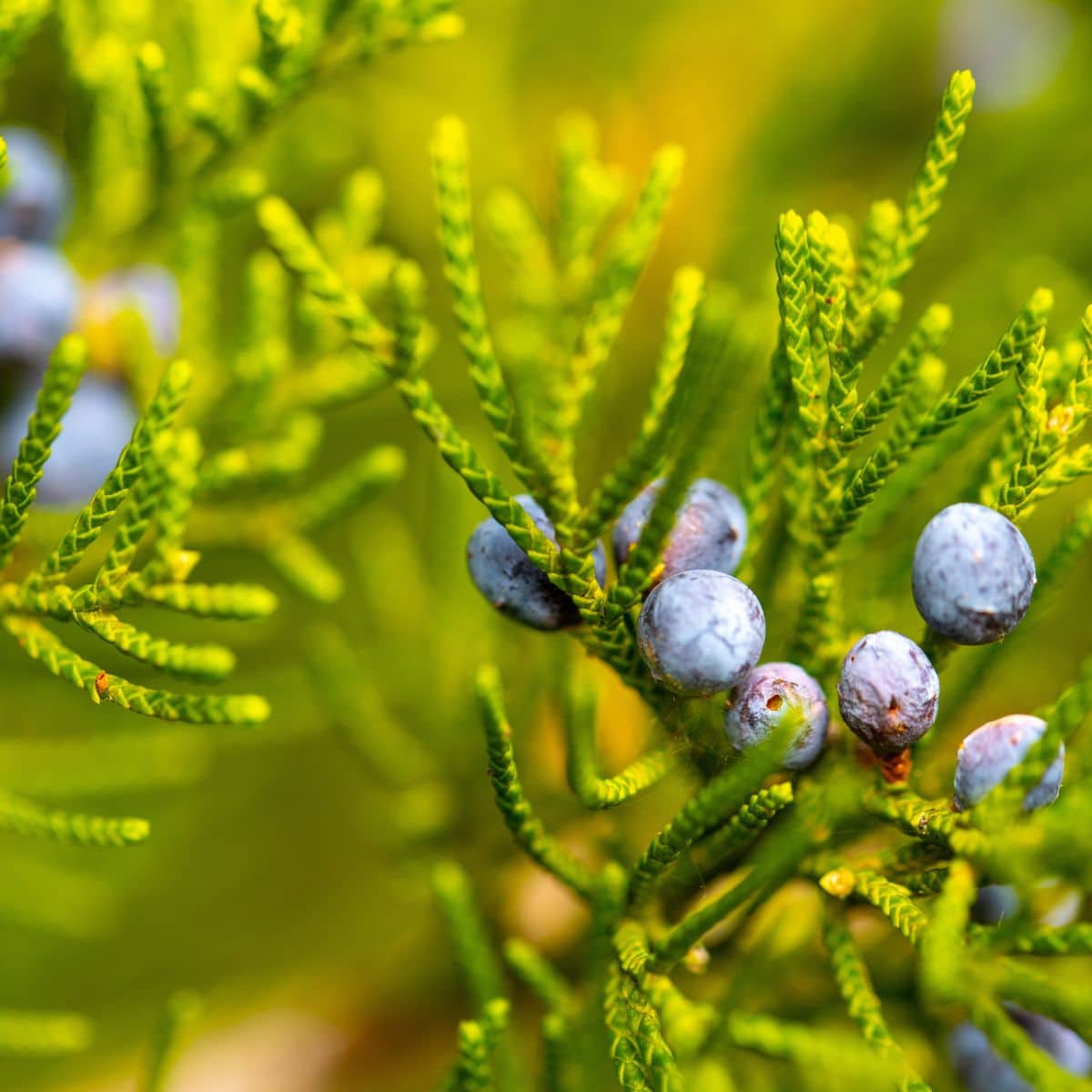
The cedar berry comes from the eastern red cedar tree, and is very similar to a juniper berry. The small dark blue berries are generally not eaten raw, but are instead dried and sold as a health treatment with purported medicinal benefits in aiding coughs, rheumatism, bronchitis, fungal infections, worms, and flatulence. We cannot speak to any of these claims, but should you want to try it you can find them on Amazon.
Ceylon Gooseberry
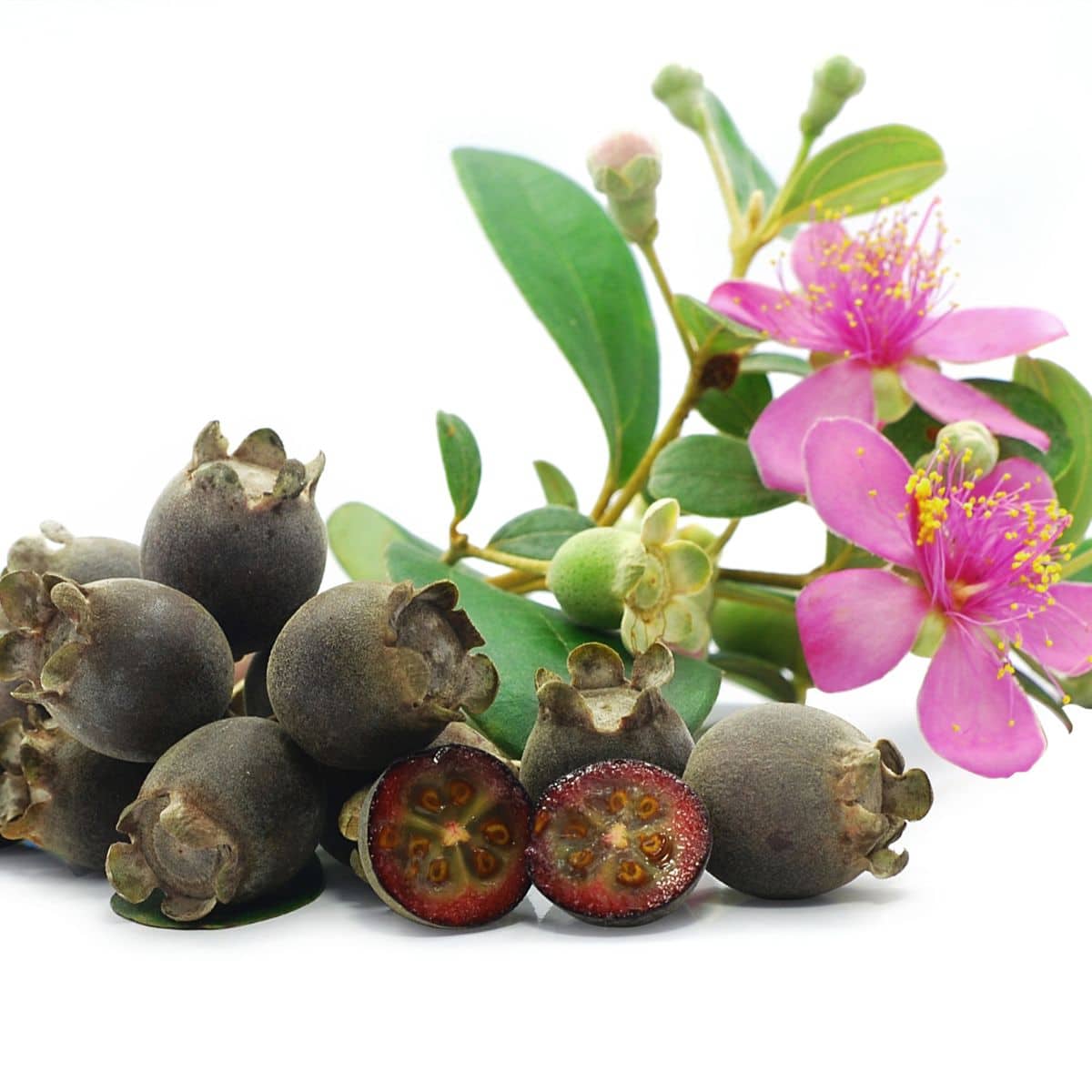
Ceylon Gooseberries are native to Sri Lanka (formerly known as the Isle of Ceylon). They are a juicy berry about an inch in diameter, that is on the acidic side and thus not usually eaten raw, but more commonly made into jams and jellies.
Cherry Berry
Cherries aren’t actually a berry, but are botanically considered a drupe. Cherry berries, however, don’t grow on trees like cherries but on a ground plant. It is a fairly new fruit cultivar that grows in the Northeast of the US. The berries can be eaten by the handful, used in fruit salads, on yogurt, or in your ice cream.
Cloudberry
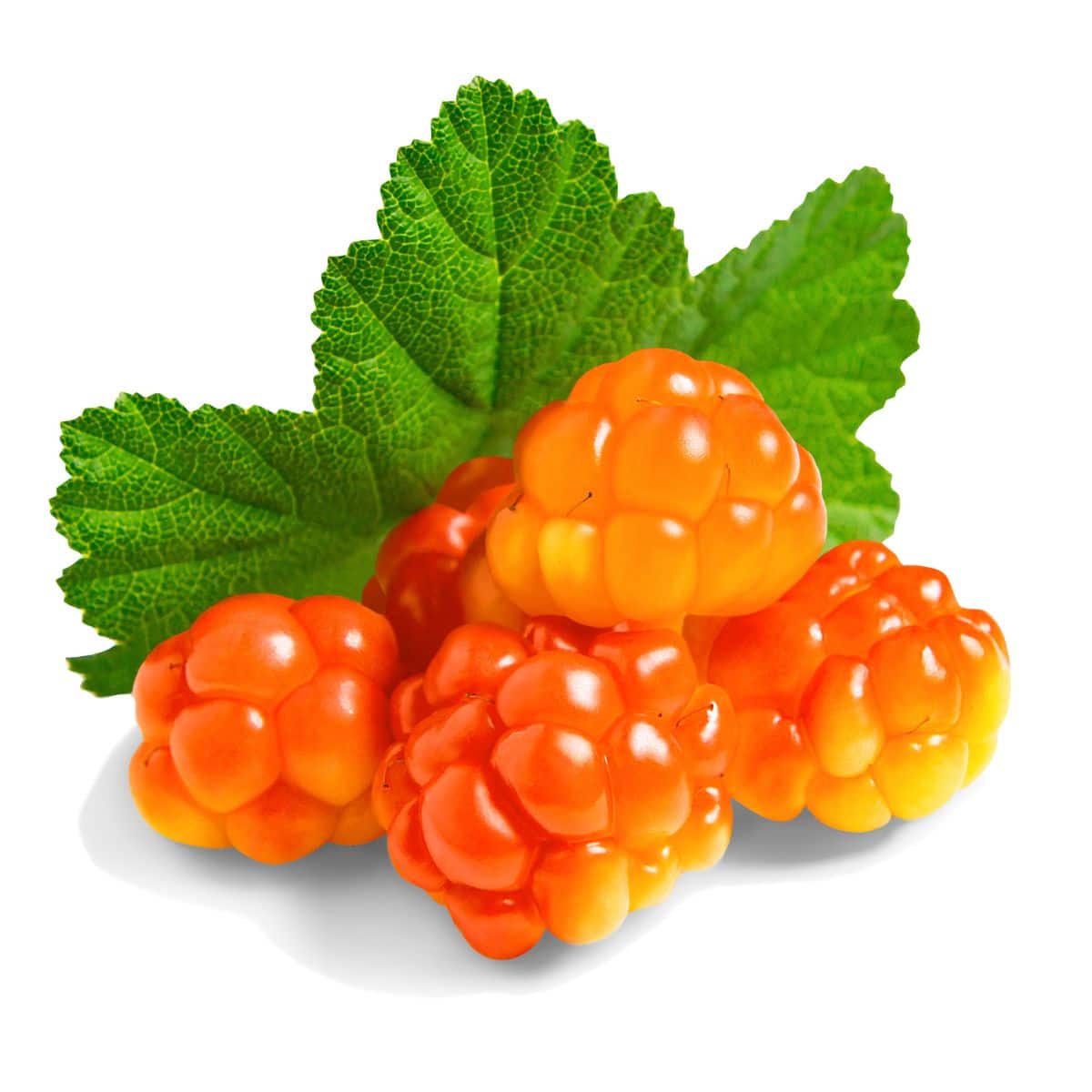
Cloudberries are a rare and exotic berry found in the sub-arctic tundra regions of the world. They are a bright orange color and have a sweet, tart taste. They are high in vitamin C and antioxidants and are often used in jams and desserts.
Cranberry
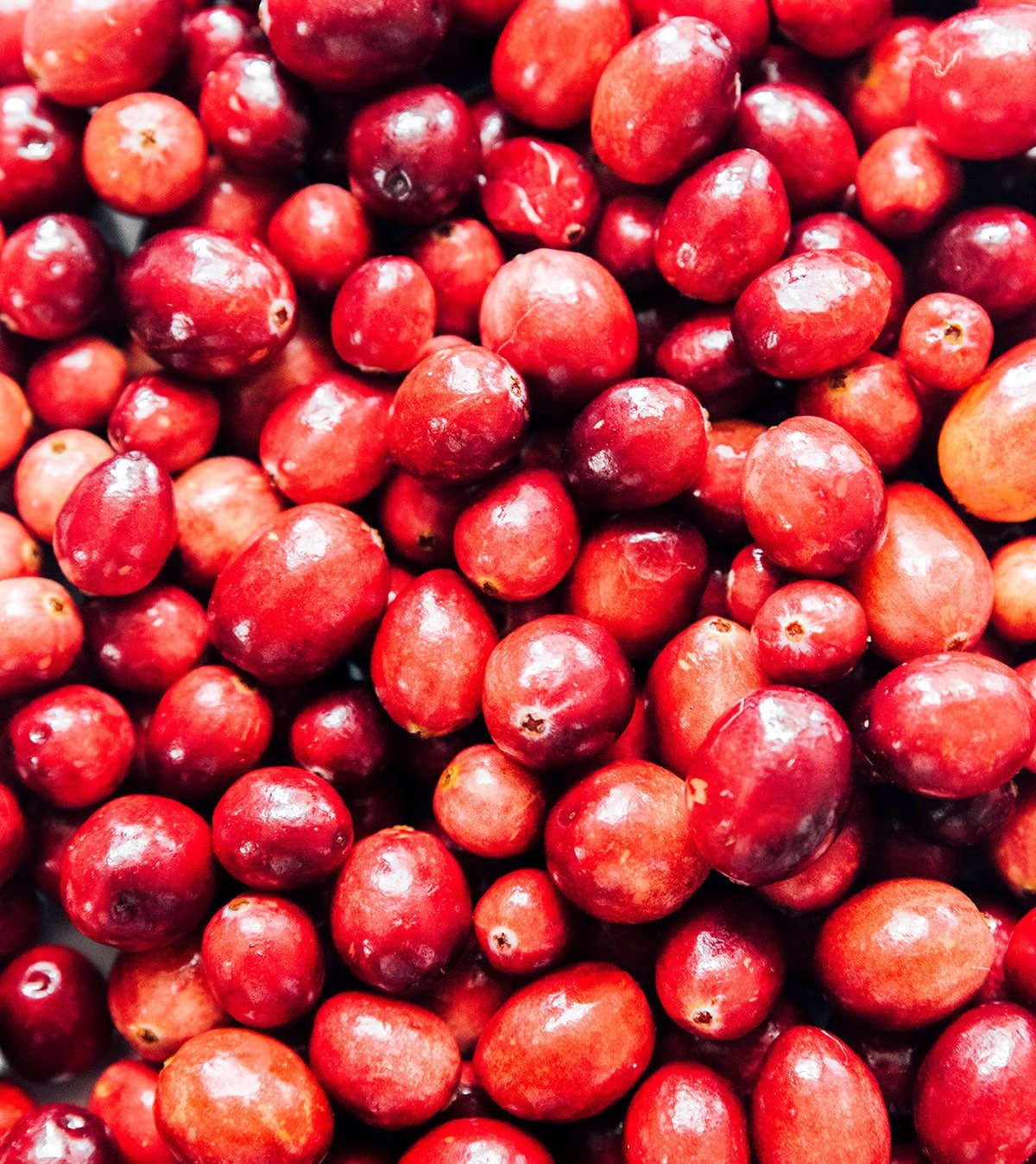
Cranberries are a tart and tangy berry that is often associated with Thanksgiving, and unlike green bean casserole were probably served at the first Thanksgiving in 1621. They are high in antioxidants and have been linked to numerous health benefits, such as reducing the risk of urinary tract infections. They are commonly used in Sauces, drinks (try this decadent Cranberry smoothie), and desserts like Cranberry Orange Sweet Rolls.
Dogwood Berry
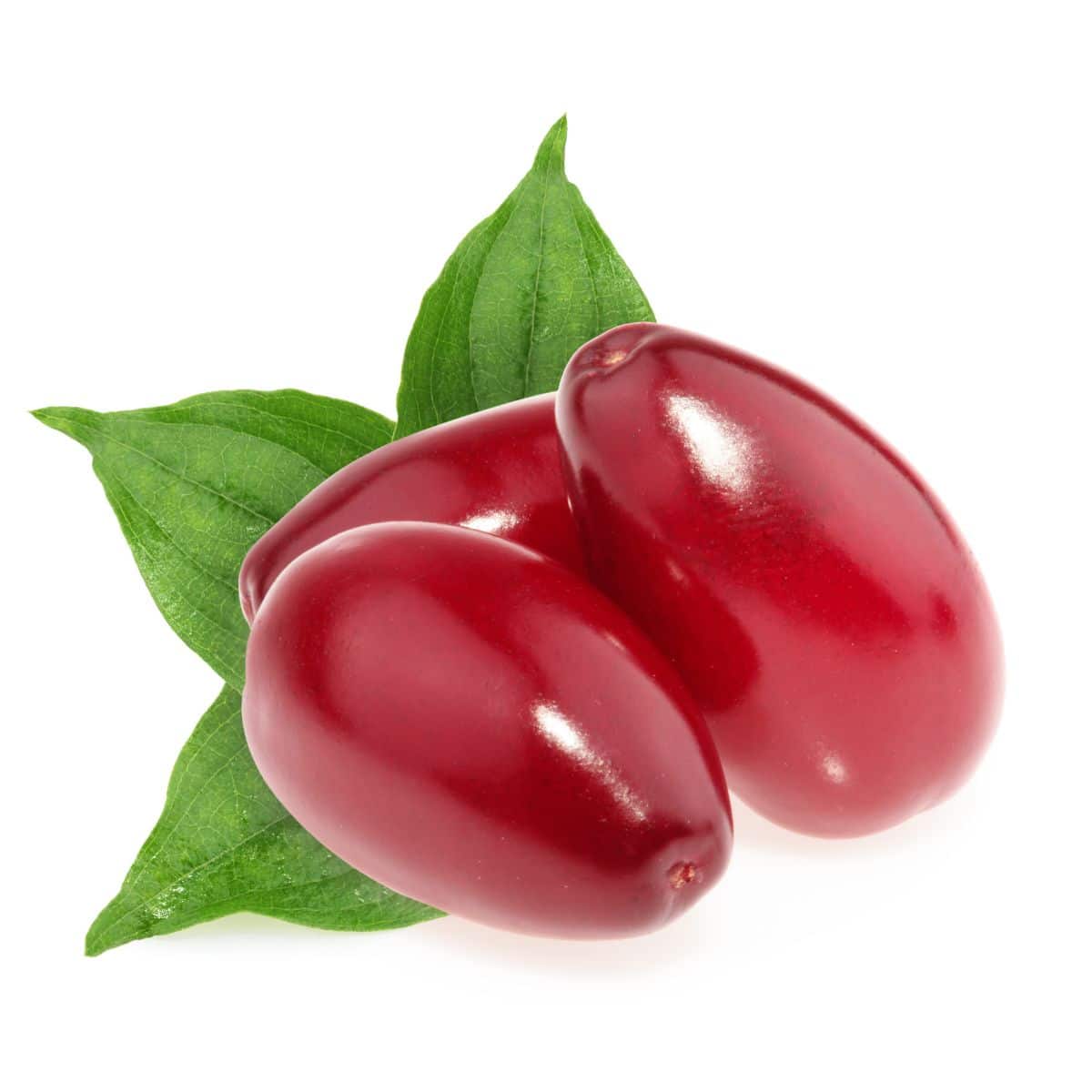
Dogwood berries come from the aesthetic dogwood tree we admire when it’s pink or white flowers are in bloom. These bright red berries can be toxic, and to be honest they simply just don’t taste good. They are very sour, but you can find recipes for them in jams and jellies. You are best to enjoy the appearance of the dogwood tree and leave the berries to the birds.
Elderberry
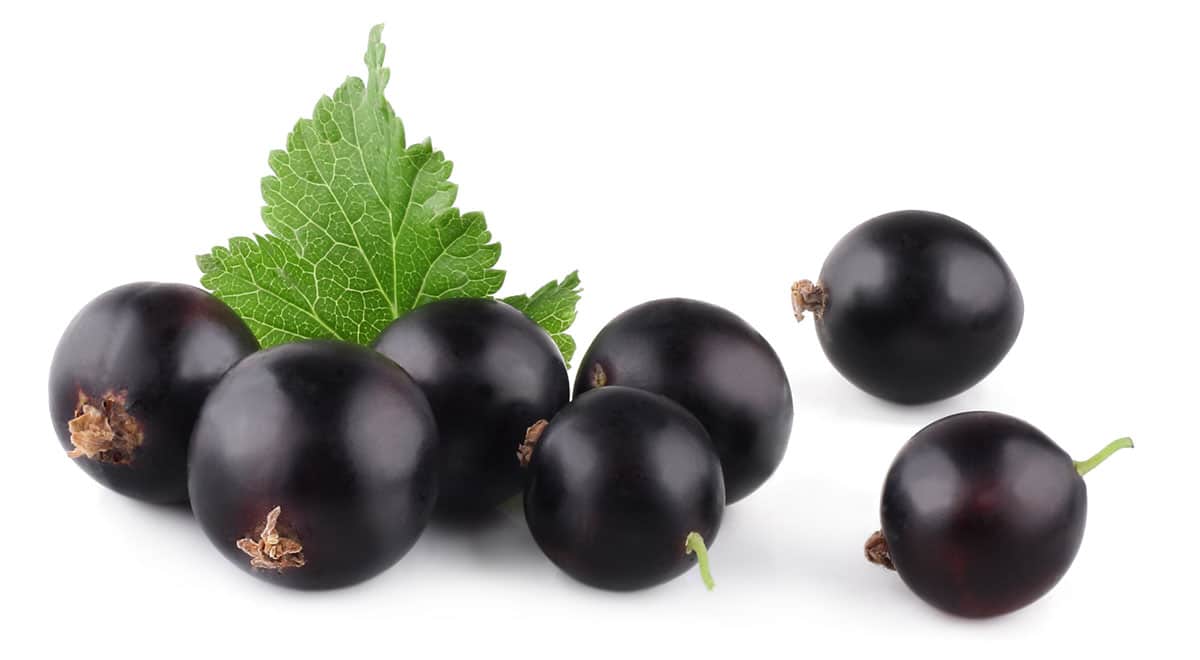
Elderberries are a small, dark purple berry with a tart flavor. There are a few types of elderberry to include: American Elderberry, European Elderberry and, Red Elderberry. These can all be eaten raw or cooked, but the seeds are toxic. There is also a Wild Elderberry (known as the American Black Elderberry). The Wild Elderberry grows in much of the United States outside of the Pacific Northwest.
The berries are poisonous if eaten raw and must be cooked. Cooked, they go well in pies, pancakes, desserts, jams & jellies, and mixed in yogurt. Elderberry’s have long been used for purported medicinal benefits. We can’t endorse these, but if you want to try elderberry powder or other elderberry supplements, you can find them on Amazon.
Goji Berry
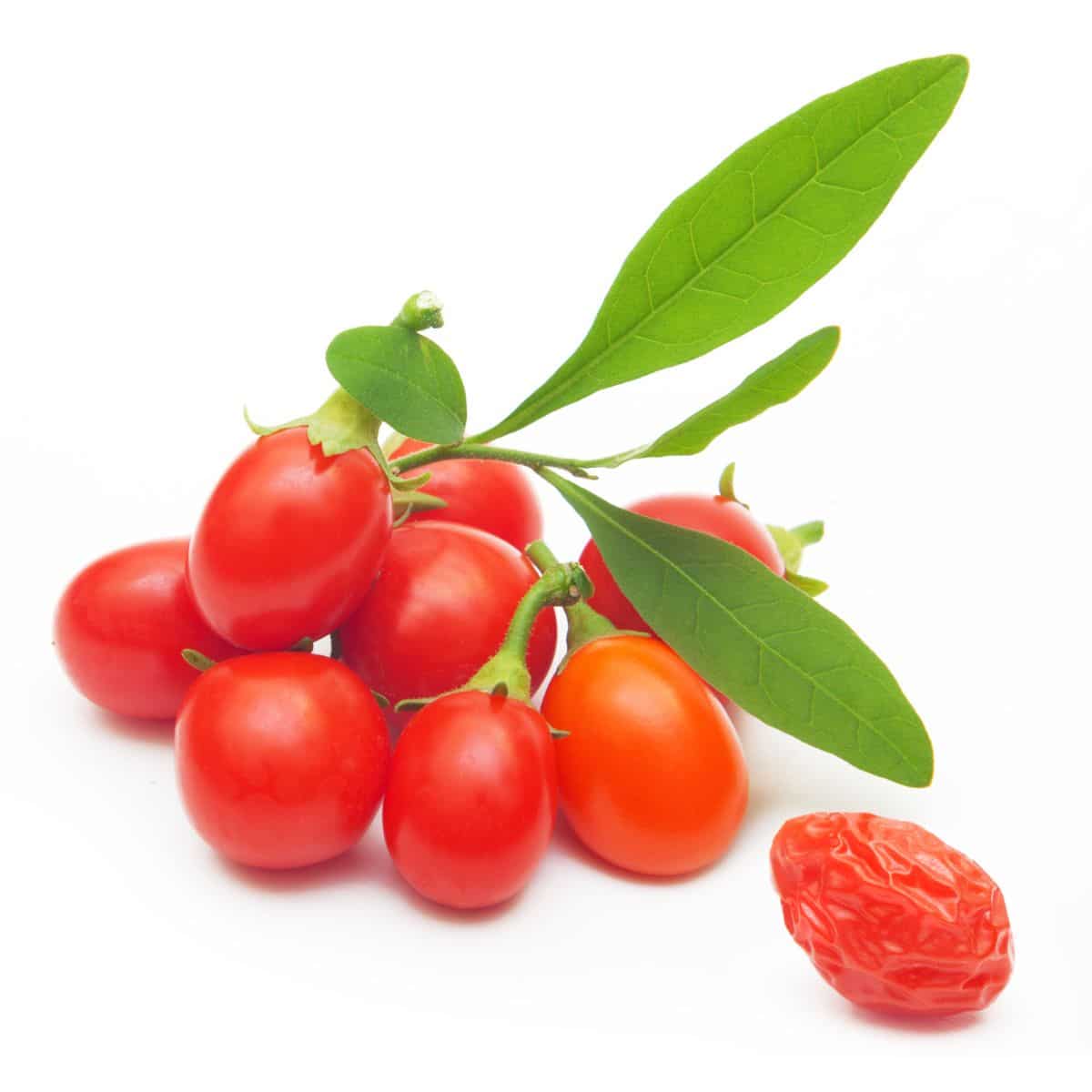
Goji Berries are a small, red berry that grows in the Himalayan region of China. They have a sweet, slightly tart flavor and are loaded with vitamins. They are often used in smoothies, teas, and health foods.
Goumi Berry
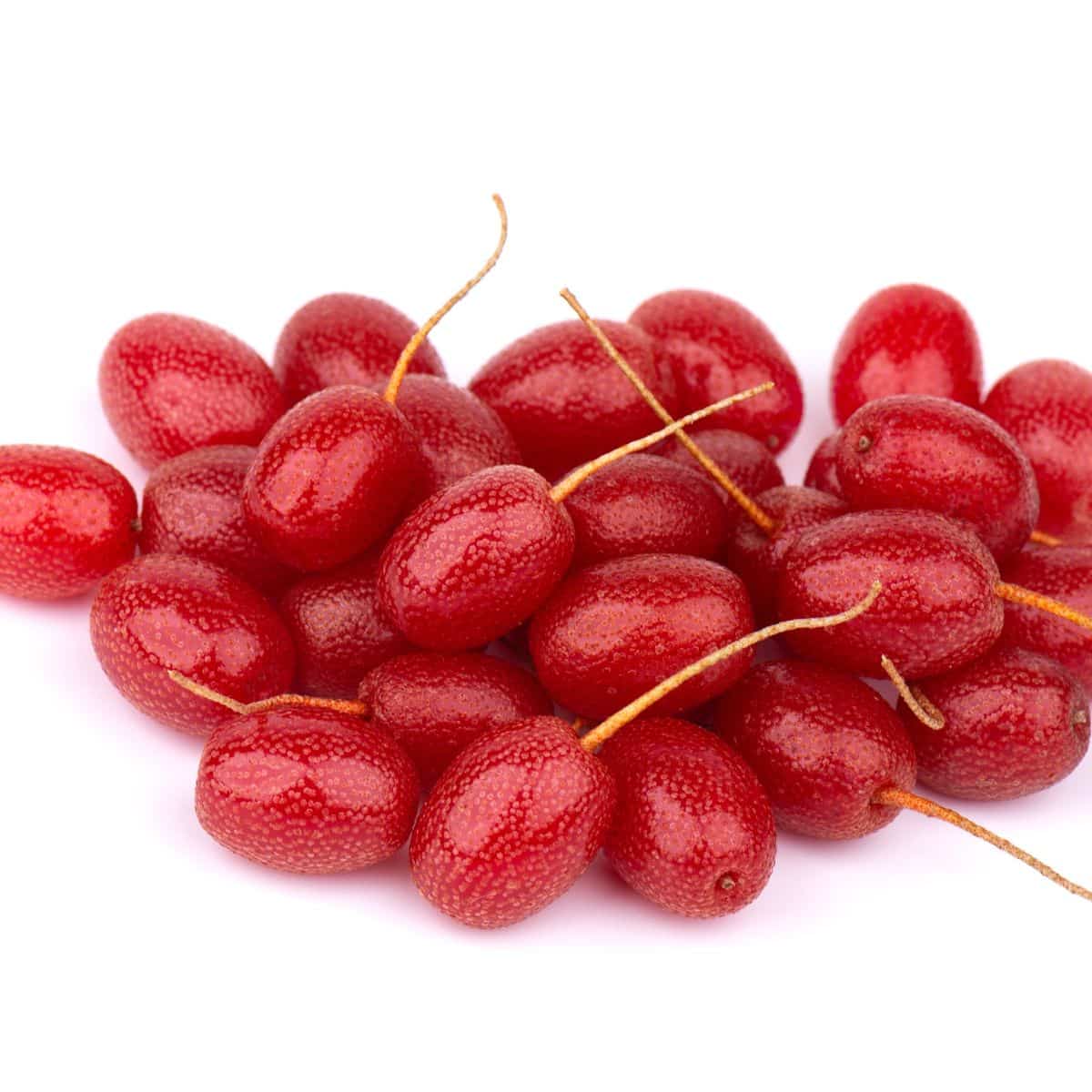
The goumi shrub is native to China, Japan, and Far Eastern Russia. Its berries are tart and often used for medicinal purposes.
Golden Berry
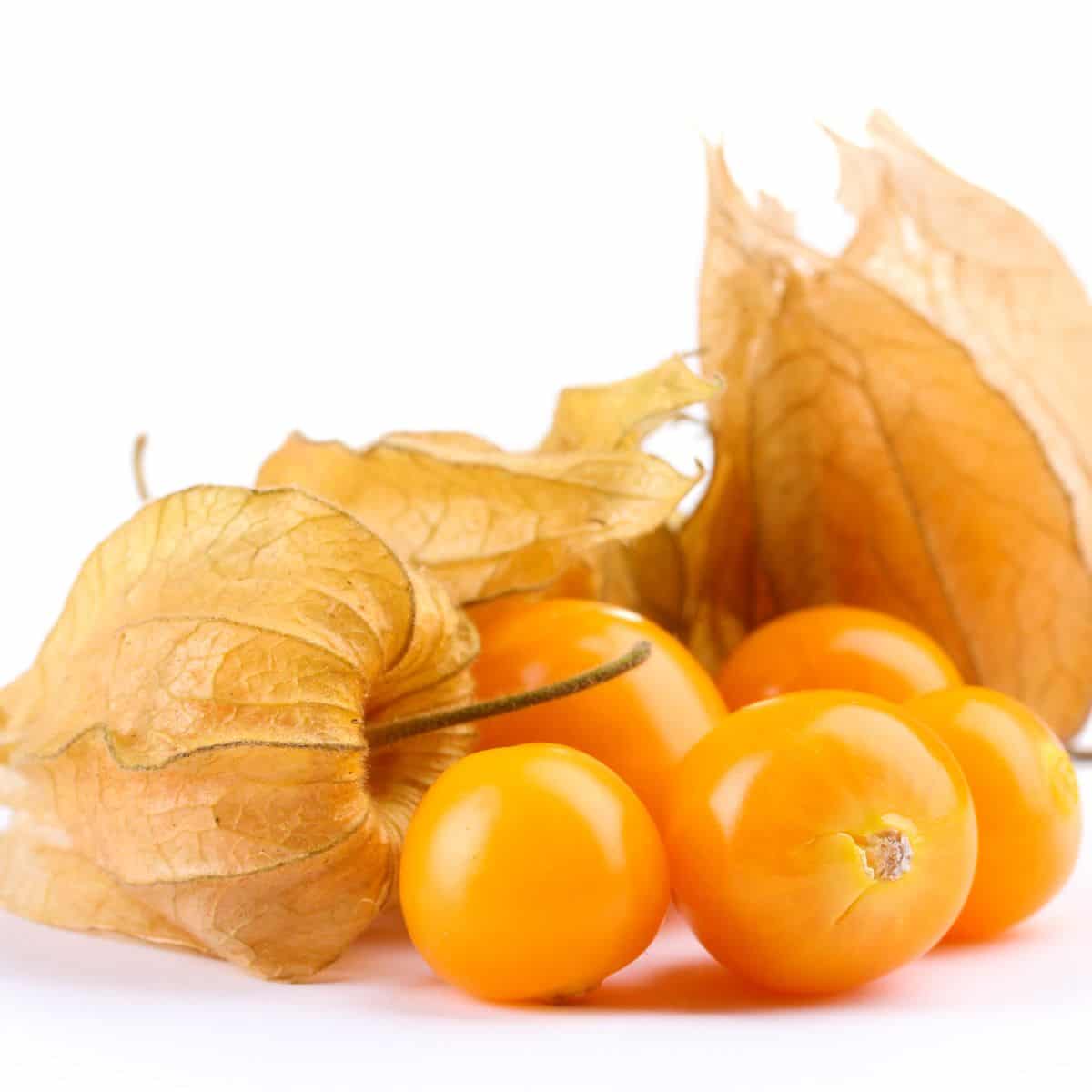
Also known as Peruvian ground cherries, golden berries are a small, yellow-orange fruit that grows in South America. They are high in vitamin A and are often used in jams, sauces, and salads.
Gooseberry
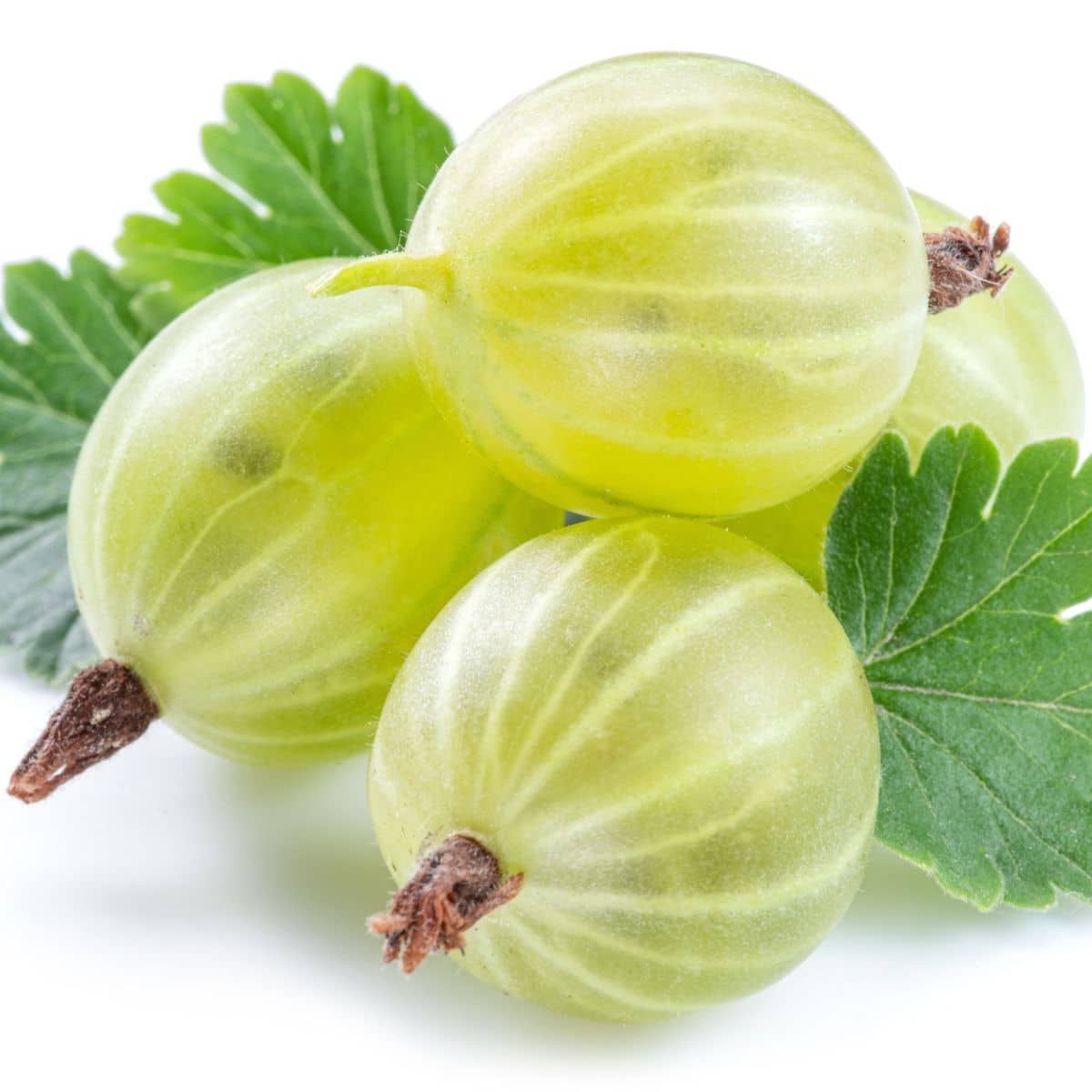
Gooseberries are a small, round berry with a tart flavor. They are high in vitamin C and antioxidants and are commonly used in jams and jellies.
Guava Berry
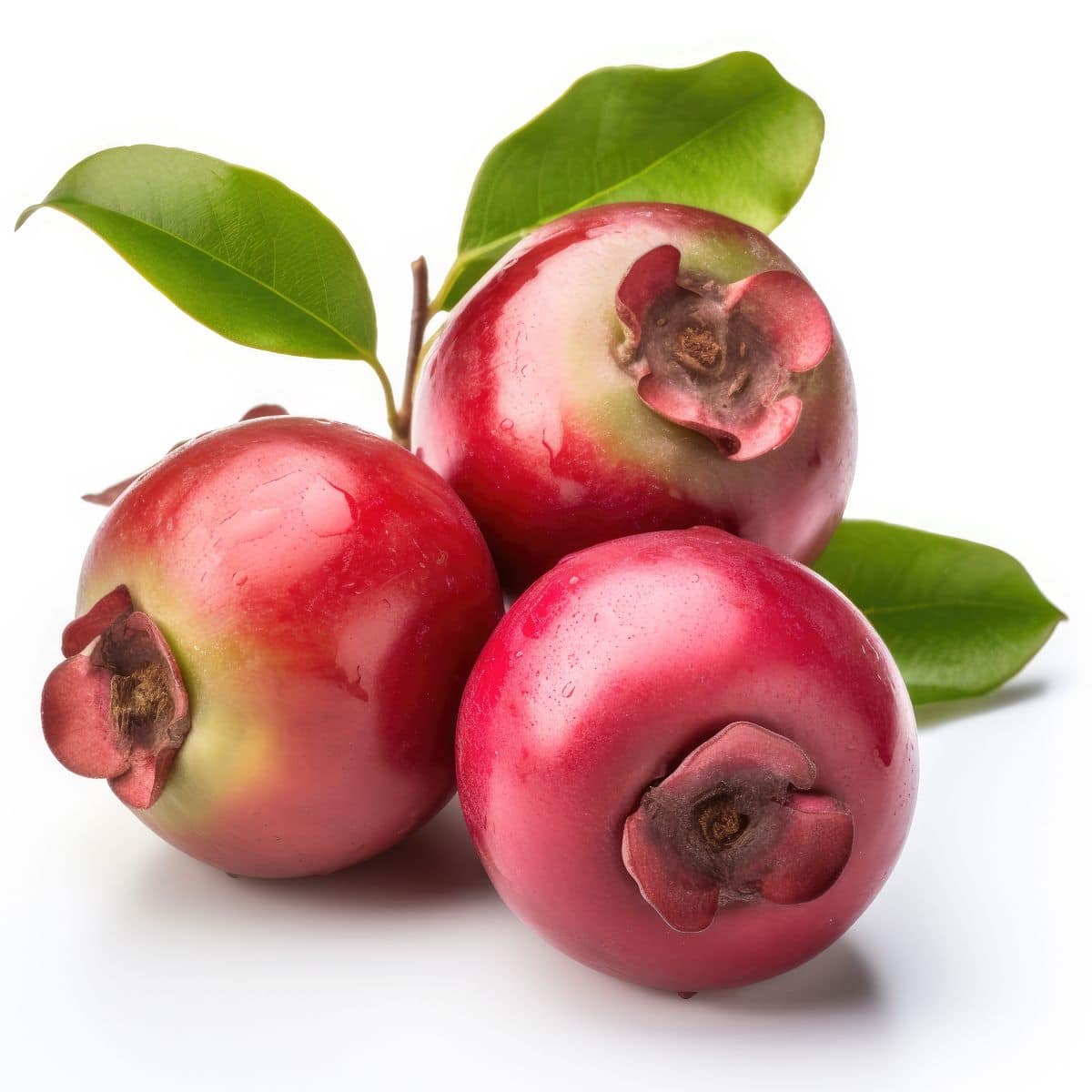
The guava berry is not related to the Guava. They are a wild berry that grows to about blueberry size in Central & South America, Florida, and Hawaii. They are often used to make jam and drinks.
Honey Berry
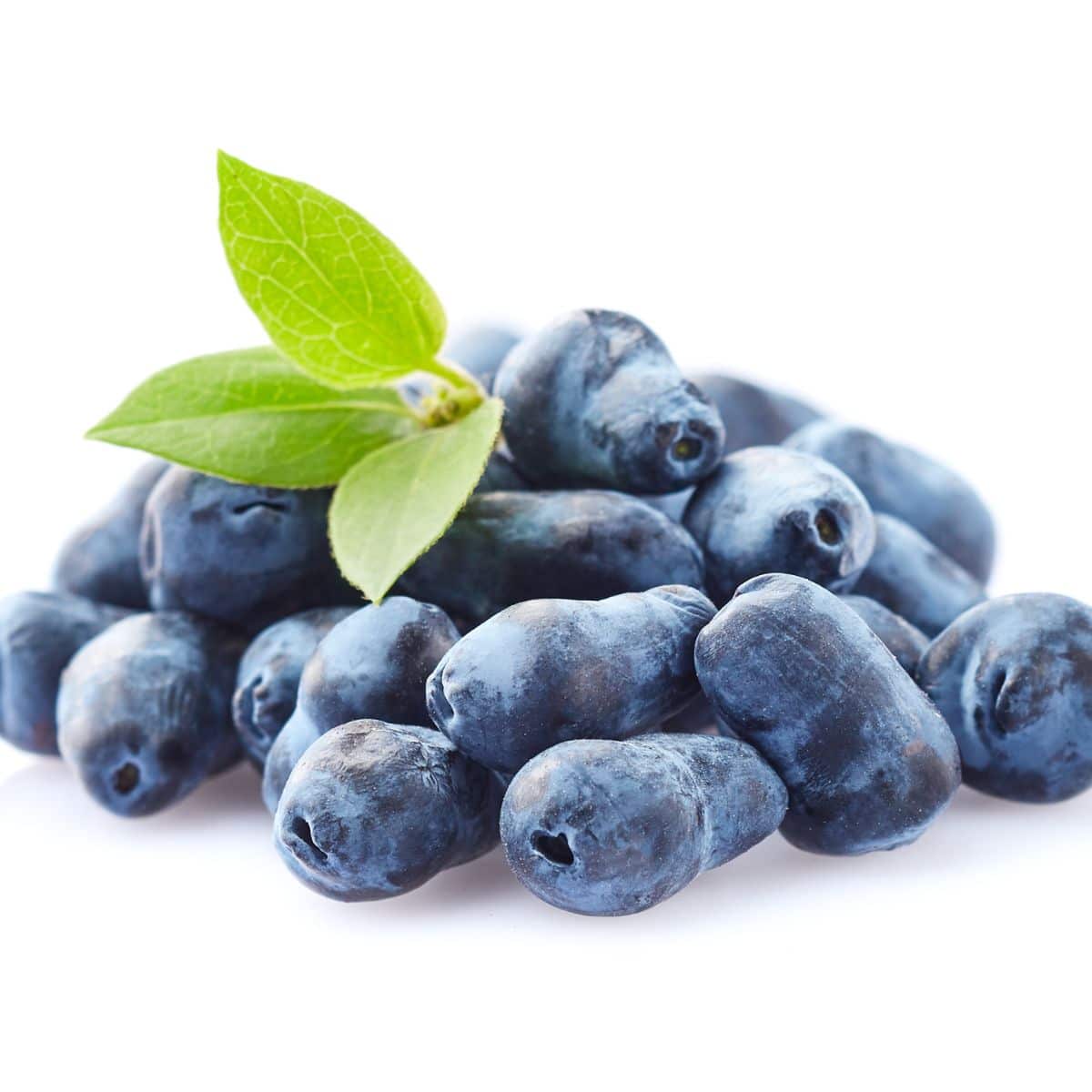
Honey berries are also known as blue honeysuckle or haskap, and is a small blue berry that is native to Japan. It has a sweet yet tart flavor that is perfect in desserts and jams.
Huckleberries
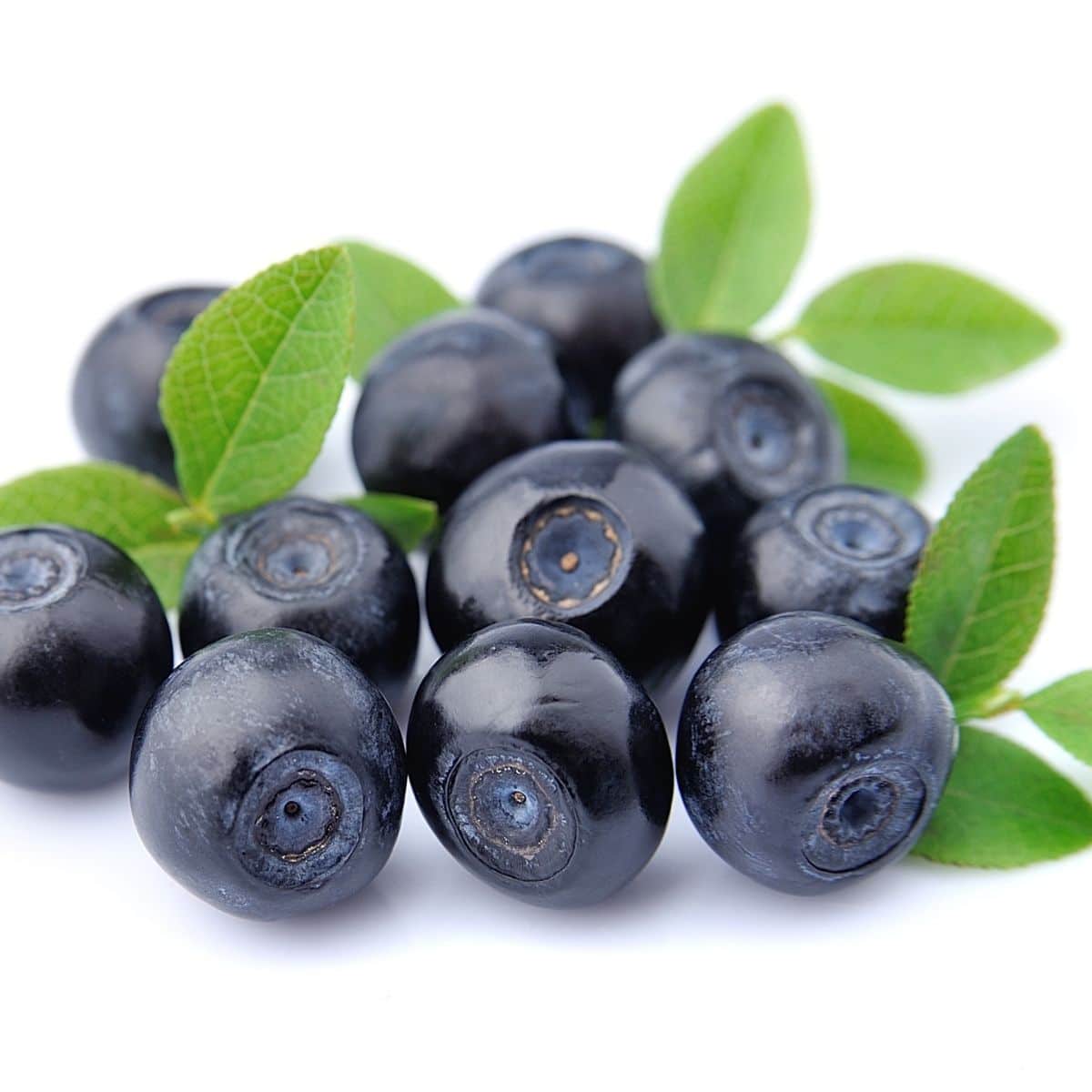
Huckleberries are a small, dark purple berry that grows wild in the Pacific Northwest region of the United States. They have a sweet, slightly tart flavor and are high in antioxidants and fiber. They are often used in pies, A Variety of Jam Recipes, and syrups.
Indian Gooseberry
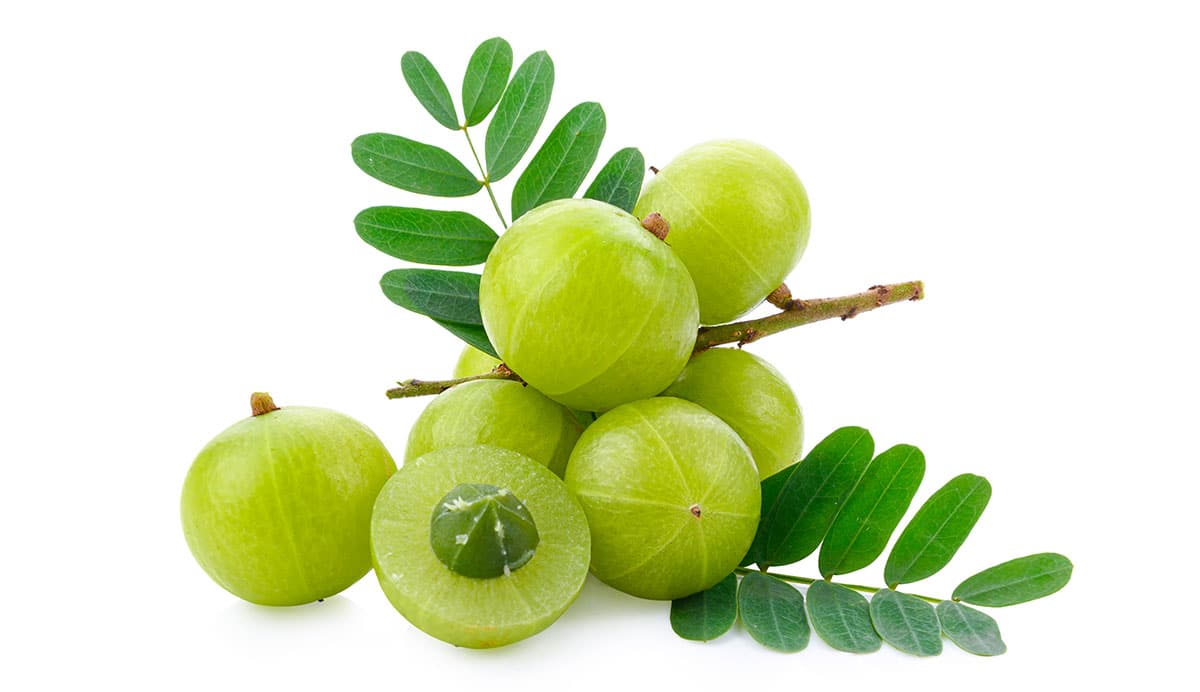
Indian Gooseberries are native to India where they are called Amlas, and are used primarily to make amla juice. The green, sour berries are also used in candies and another regional recipe known as Dal. Gooseberries are believed to assist in reducing LDL cholesterol and triglycerides, and are often made into supplements you can get on Amazon.
Kiwi Berry
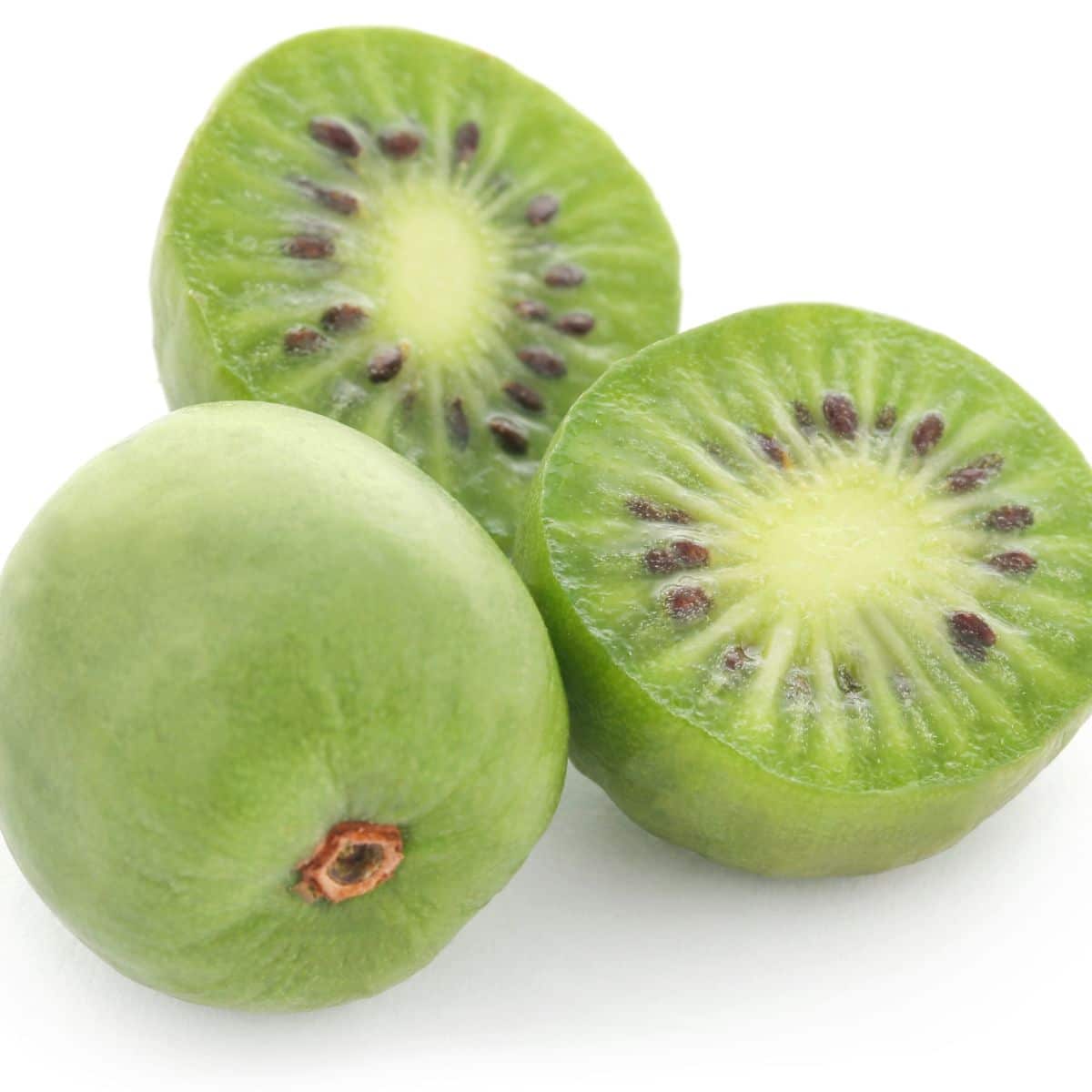
Kiwi berries are a small, green fruit that is similar in taste to kiwifruit but without the fuzzy skin. They are high in vitamin C, and are often used in salads, smoothies, and other health-focused foods.
Lingonberry
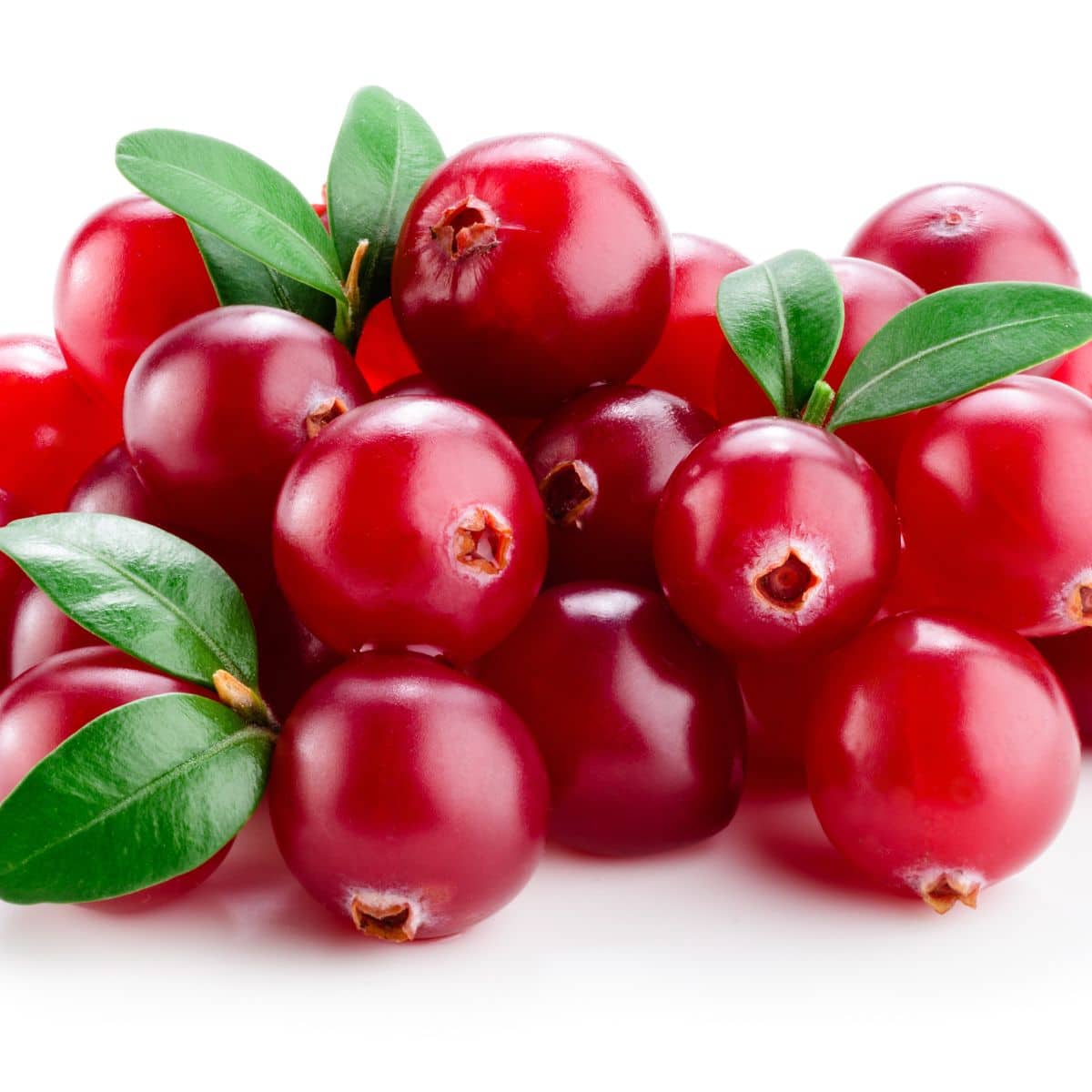
Lingonberries are a small, tart berry that grows wild in the northern hemisphere. They are high in vitamin C and antioxidants and are often used in sauces, jams, and desserts. They are also a common sight in Ikea’s across North America!
Mafura Berry
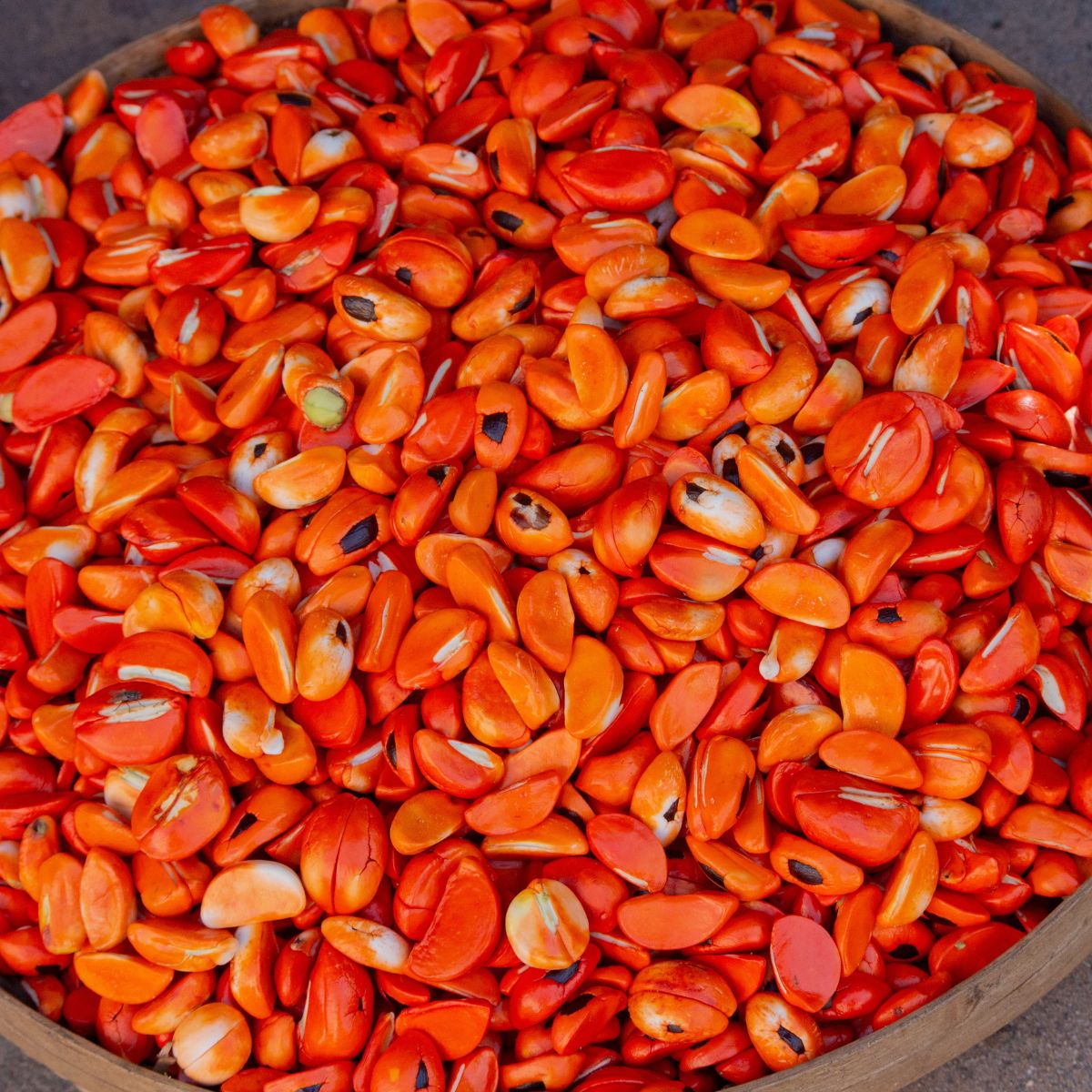
Mafura berries are native to southern Africa and are an important part of traditional medicine in the region. They’re high in antioxidants and have anti-inflammatory properties. They have a nutty, buttery flavor, and are often used to make oil for cooking and skin care products.
Marula Berry
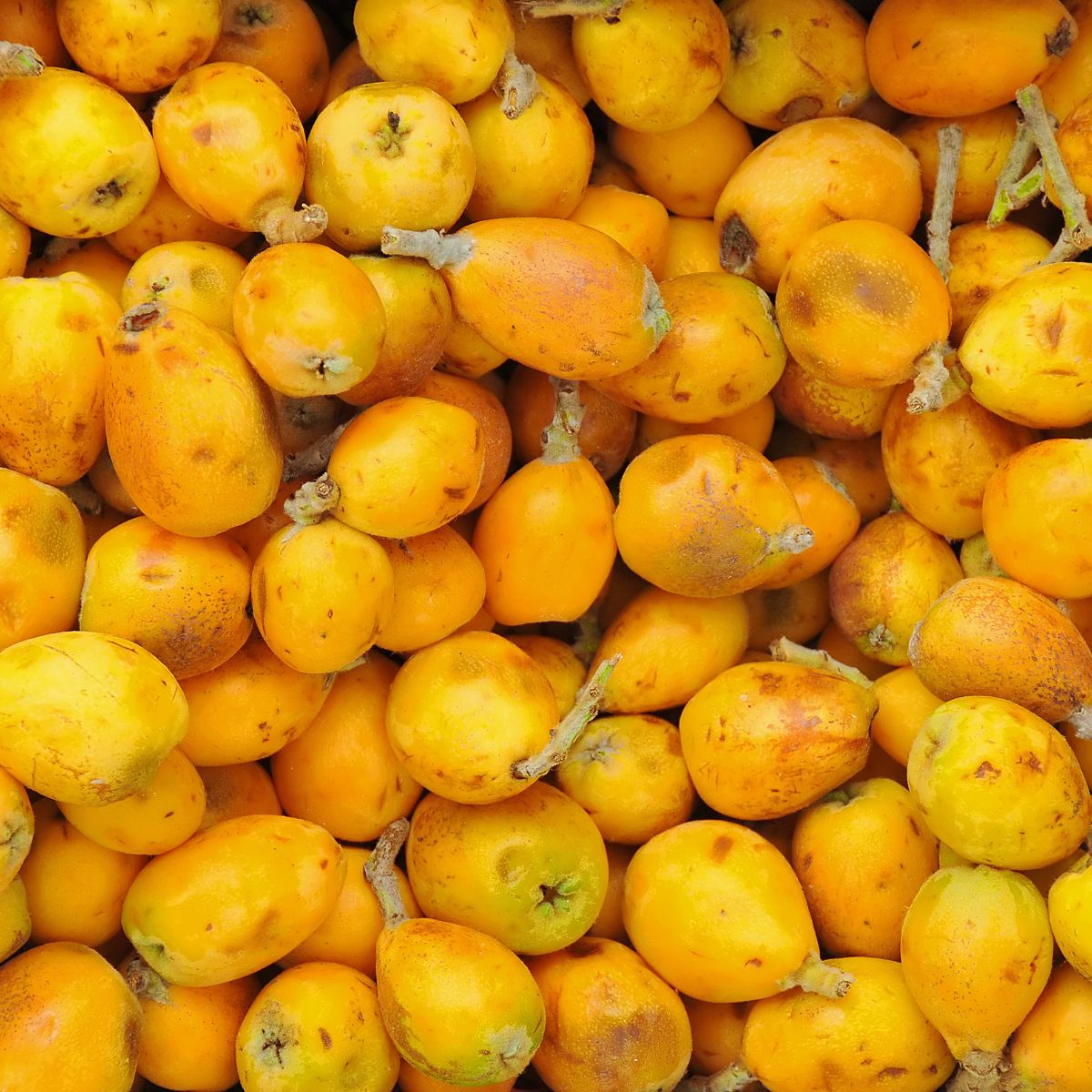
Marula berries, also known as “elephant fruit,” are a favorite among animals in Africa. These small, yellowish fruits grow on the marula tree and have a tangy, citrusy flavor. They’re high in vitamin C and are often used to make jam or a popular liqueur known as Amarula.
Miracle Berry
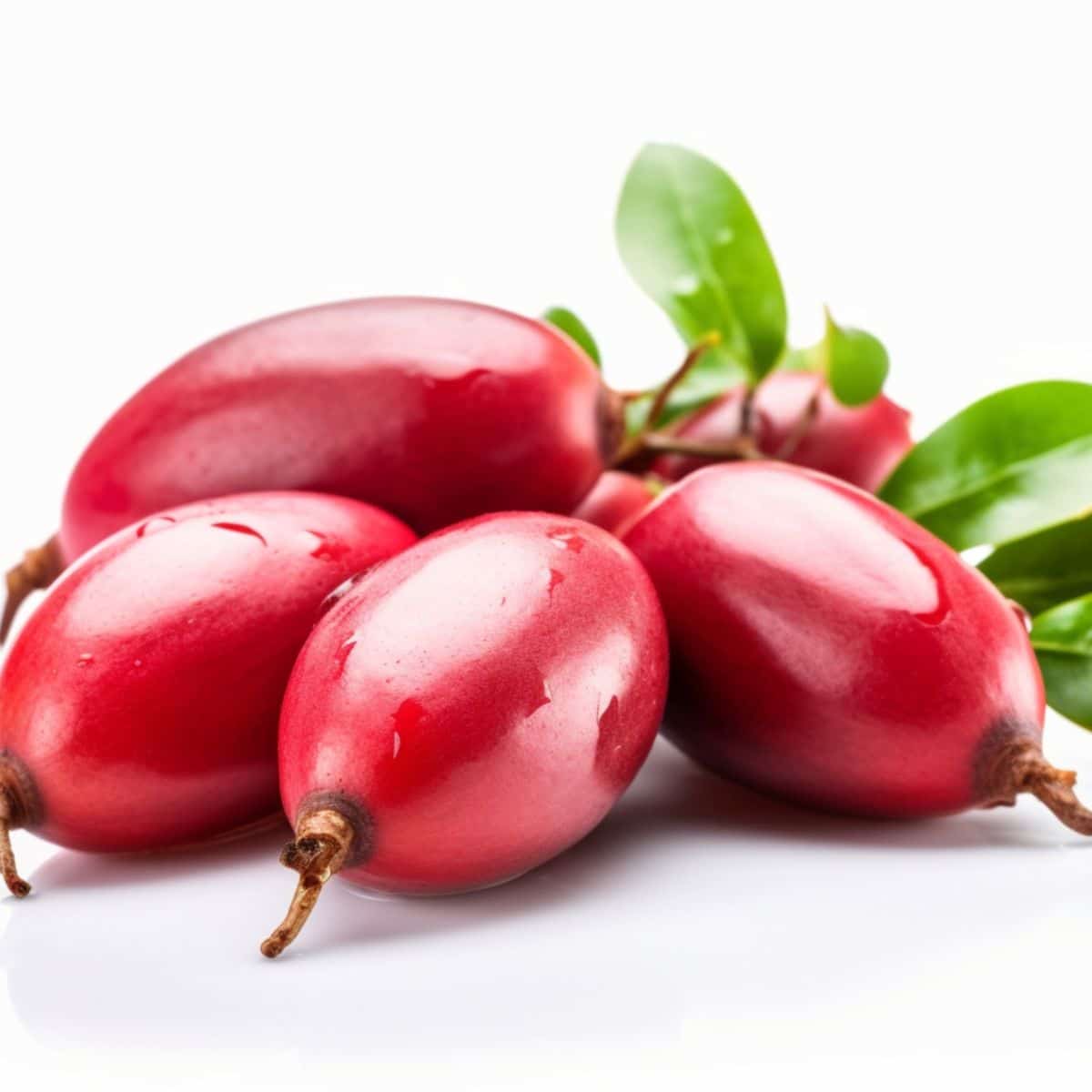
Also known as the miracle fruit, it is a small red berry native to West Africa. It is known for its unique ability to alter taste perception, making sour foods taste sweet. This berry contains miraculin, a molecule that binds to taste receptors on the tongue and alters the way the brain perceives taste. Miracle fruit is often used as a natural sweetener, and is also used in some dietary supplements. You can find many of these on Amazon (Miracle Fruit).
Mulberry
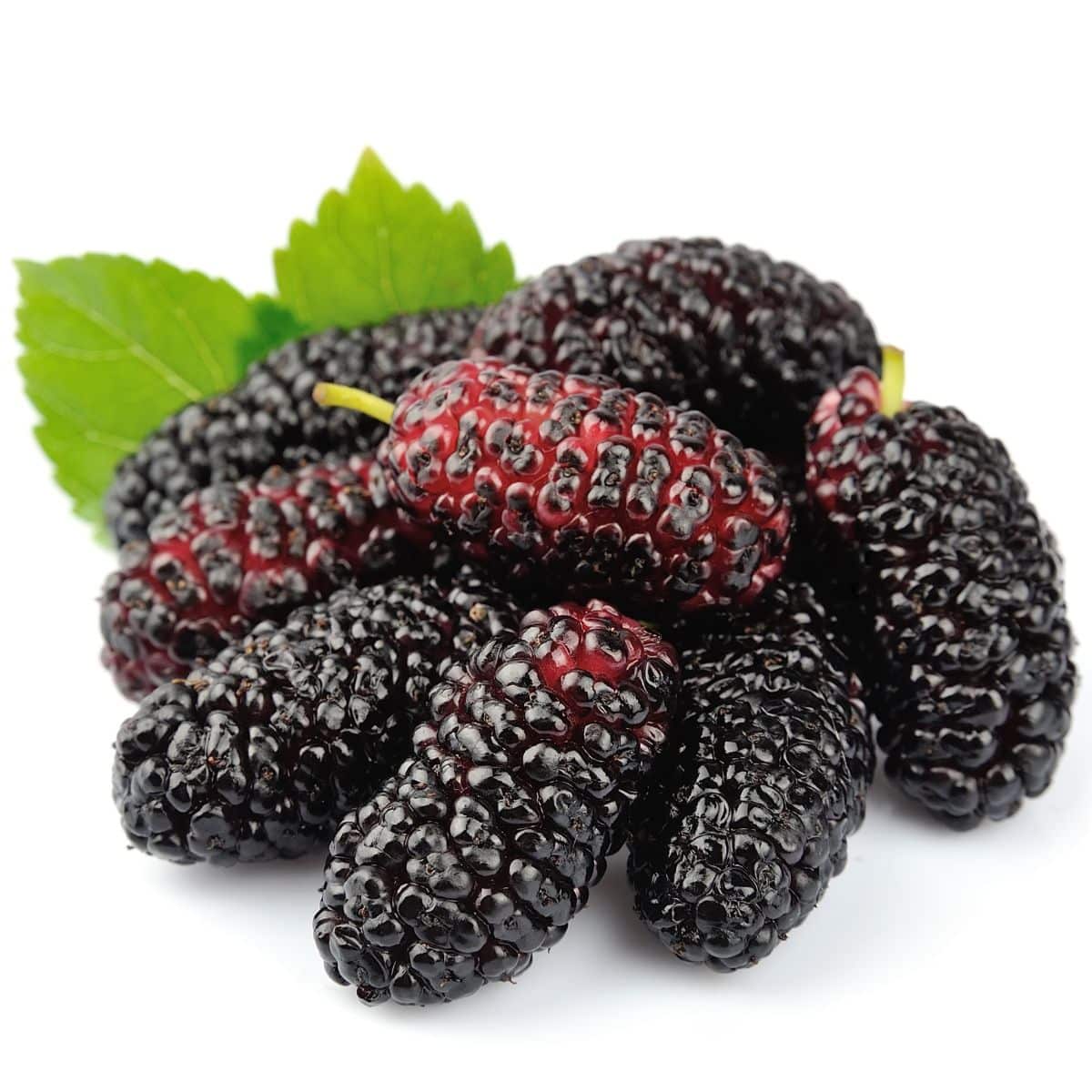
Mulberries are a sweet, juicy berry that grows on trees native to Asia. They come in black, red, and white varieties and are often eaten fresh or dried. Mulberries are high in antioxidants, vitamin C, and iron.
Raspberry
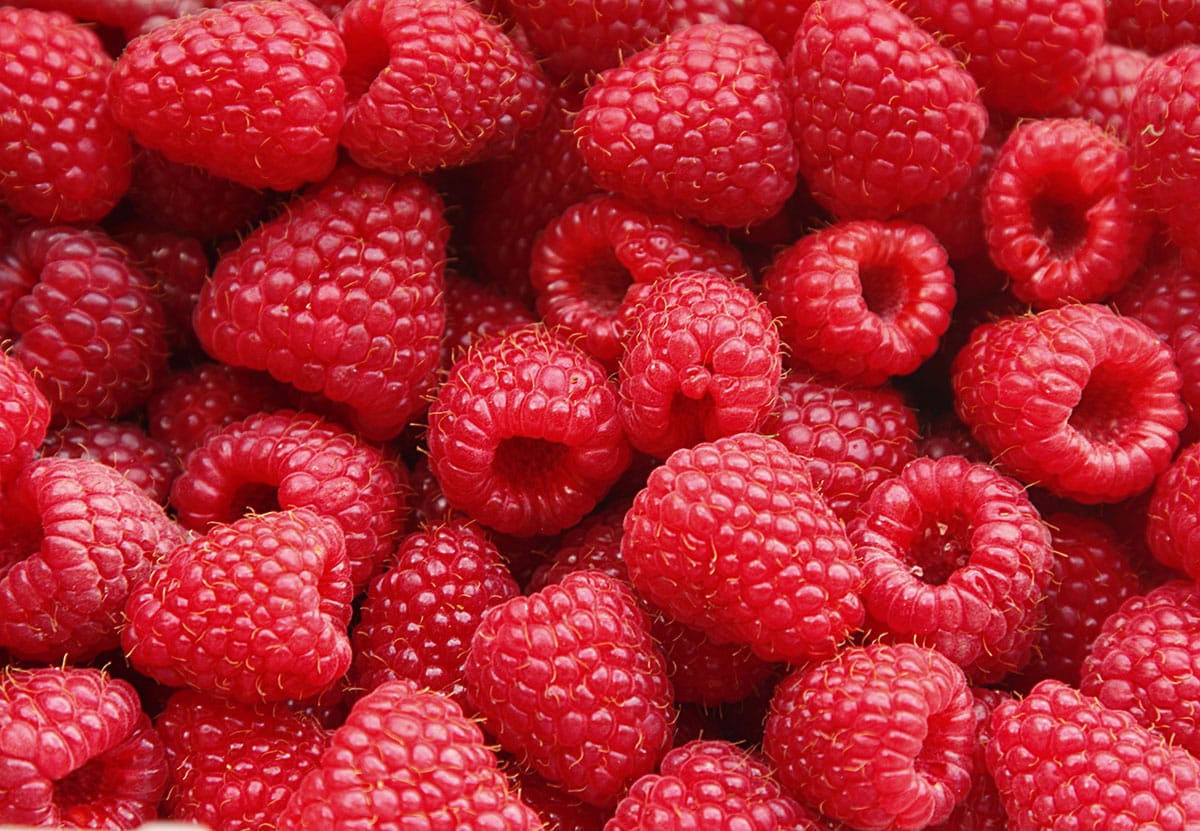
Raspberries are popular worldwide at the market, in home gardens, and in the wild. If you are lucky enough to have them growing in your area, raspberry picking can be very rewarding given the high price of even a pint of raspberries. They are a low calorie fruit with a strong nutrition profile. They are great eaten by the handful, with yogurt or ice cream, on cereal, in smoothies, and baked into deserts.
Salal Berry
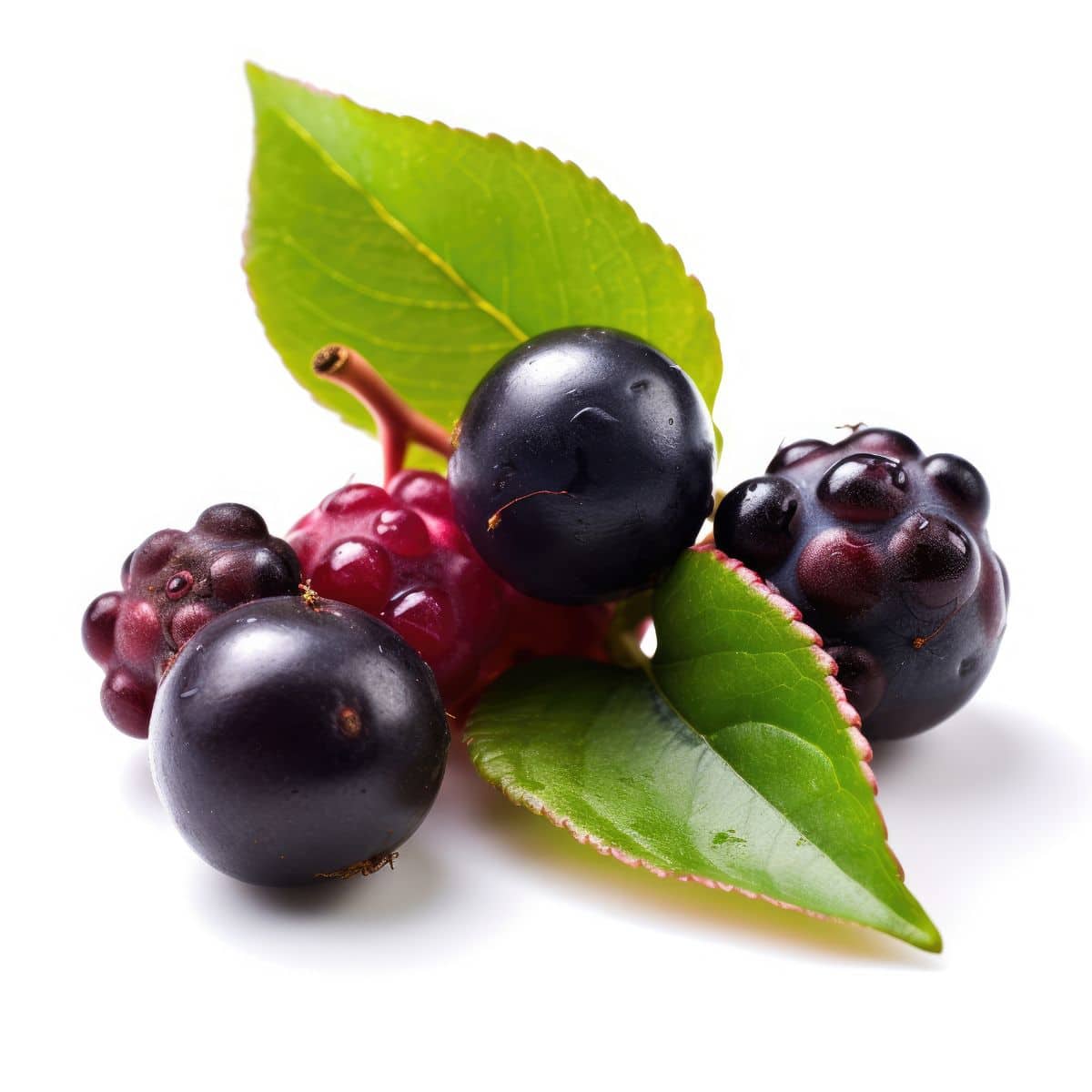
Salal berries are native to British Columbia, and were long an important staple food of the native people in the Pacific Northwest. The berries are high in vitamins, minerals, antioxidants, and the seeds contain a healthy dose of Omega 3 fatty acids. The taste of these berries varies greatly, even over a small growing area, as the berries can range from flavorful to bland. The berries are said to be very satiating, probably due to their omega 3 fatty acids. The berries are often eaten by the handful, canned, used in smoothies, or baked into a variety of desserts.
Saskatoon Berry
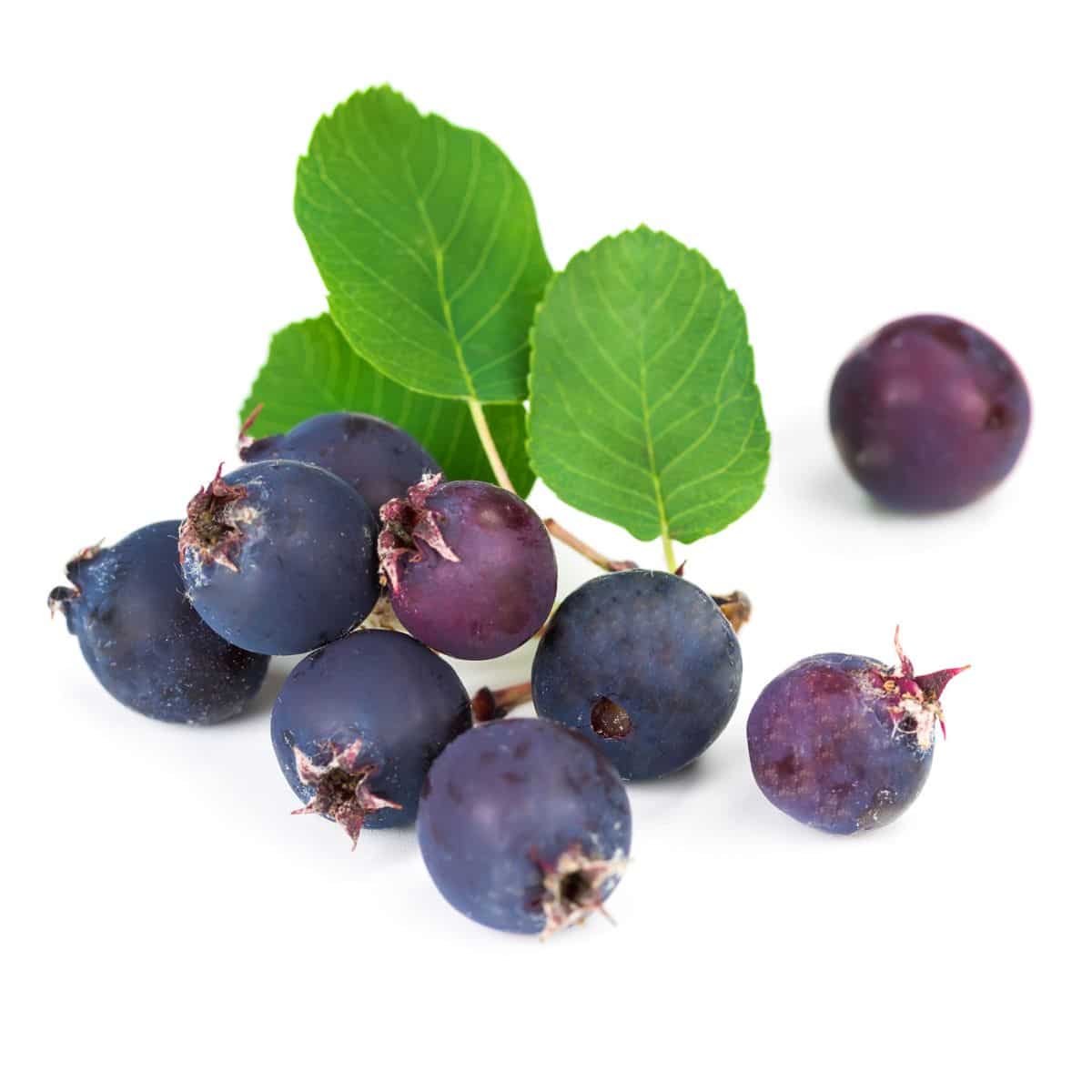
Saskatoon Berries are a small, deep purple berry that grows wild in western Canada and the northern United States. They have a sweet, nutty flavor and are high in antioxidants and fiber. They are often used in pies, jams, and muffins.
Sea Buckthorn Berries
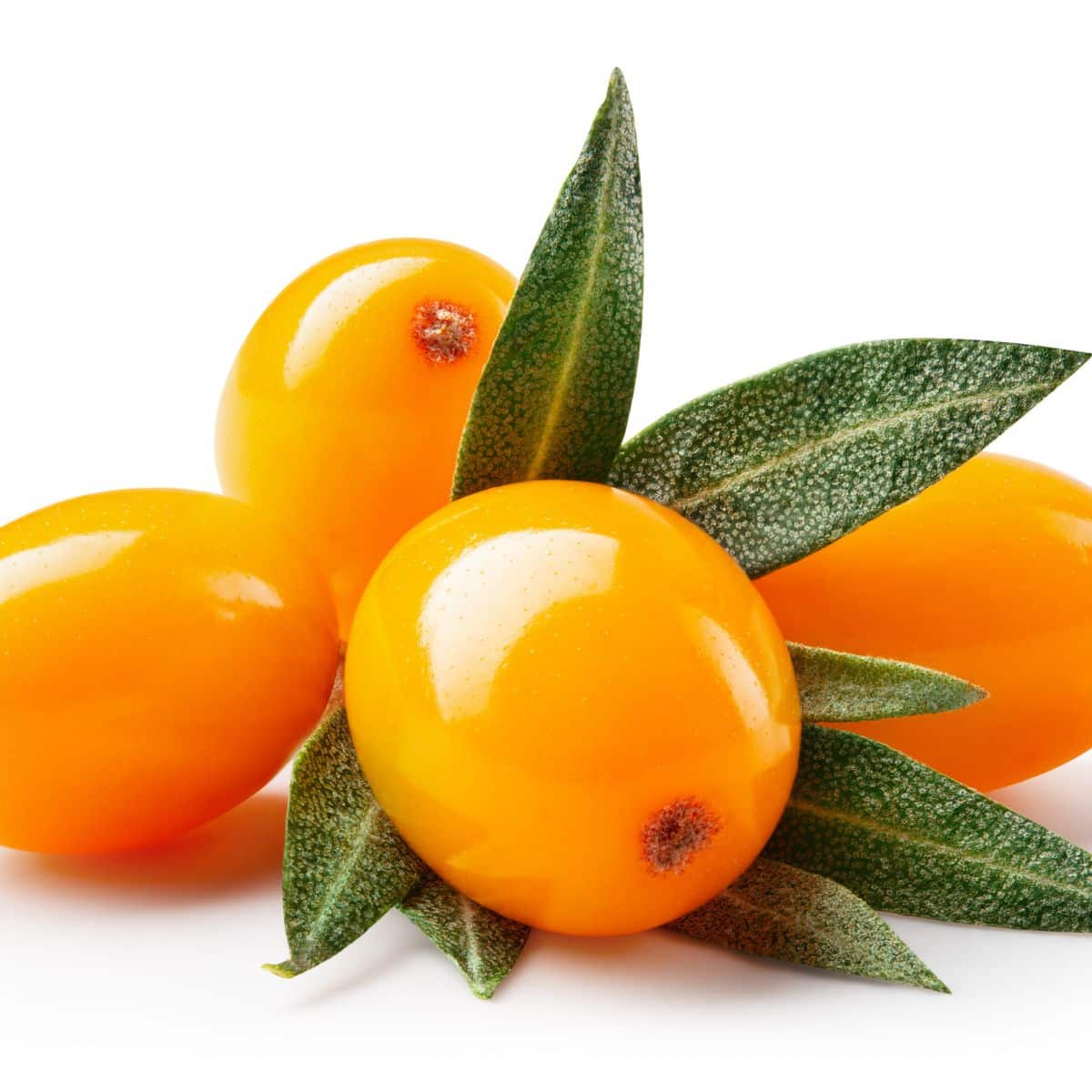
Sea buckthorn berries are a small, bright orange berry that grows wild in coastal areas. They have a tart, citrusy taste, and are most often used in jams, juices, and teas.
Strawberry
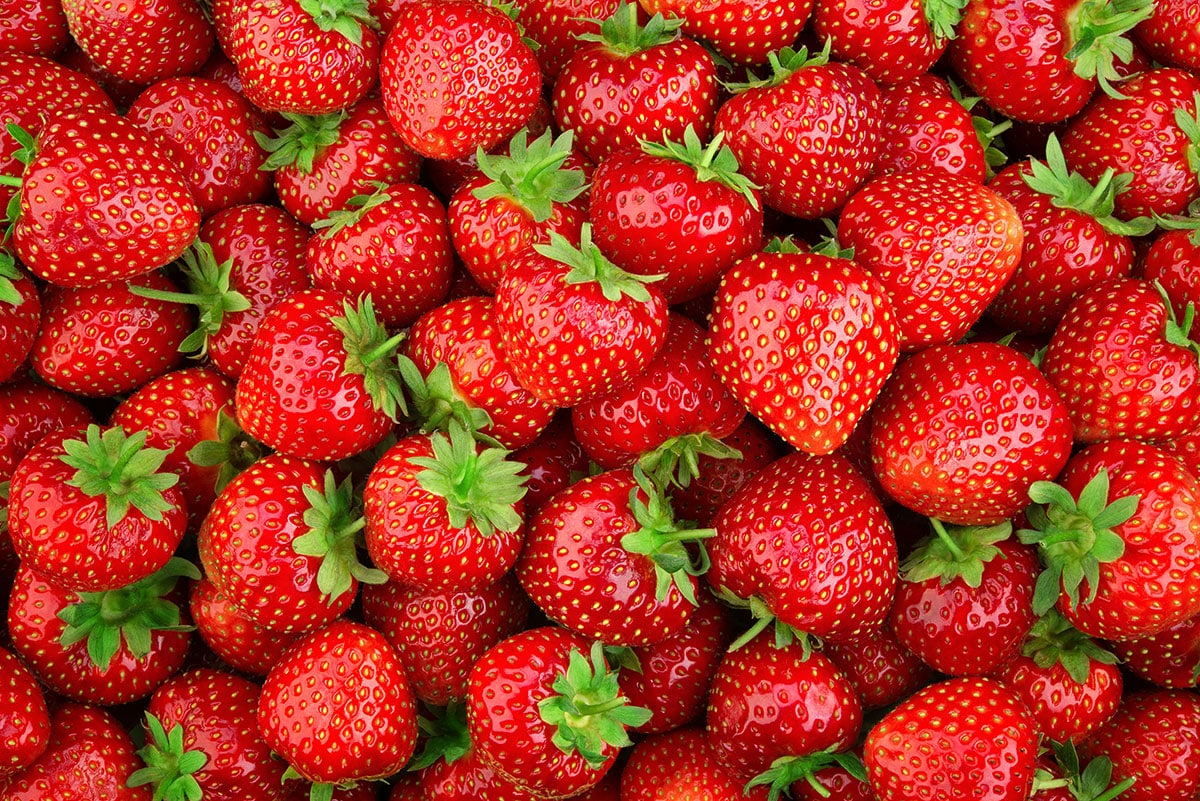
Strawberries are a classic summer fruit with a juicy texture and a bright red color. They are low in calories at only 9 calories an ounce, but high in vitamin C and fiber. Native Americans introduced Europeans to strawberries shortly after their arrival in North America. The wild strawberries were quite small, but French traders bought other cultivars from Chile back to Europe where the modern strawberry we know today was bred. For a whole lot more on how to choose, store, and hull strawberries, as well as nutrition information check out our Everything Strawberry Guide.
Strawberries have unlimited uses, but our favorite use is in smoothies. Looking for a unique strawberry smoothie? Give one of these a try. Strawberry Watermelon Rind Smoothie. Wait, Watermelon Rind? Trust us on this, it works and the rind provides an instant fiber boost. Sticking with the high fiber theme you might like Hidden Cauliflower Strawberry Banana Smoothie, but if you want to stick with traditional and simple The Three Ingredient Strawberry Banana Smoothie is always our favorite.
Tazziberry
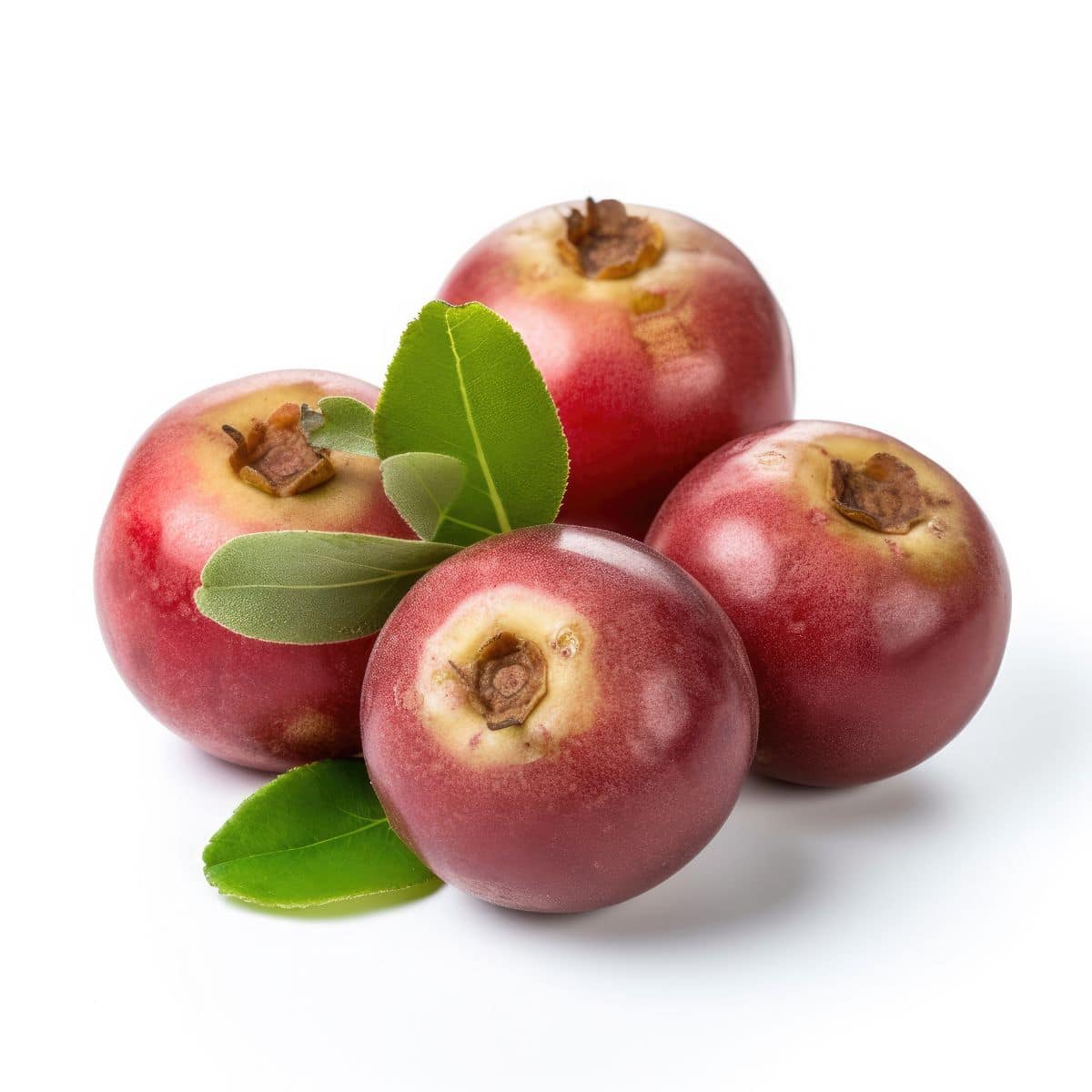
Tazziberries are a relatively new type of berry that was developed in South Africa. They’re a cross between a blackberry and a raspberry and have a sweet, juicy flavor with a hint of tartness. They’re high in antioxidants and are often used in jams, sauces, and desserts.
Watermelon Berry
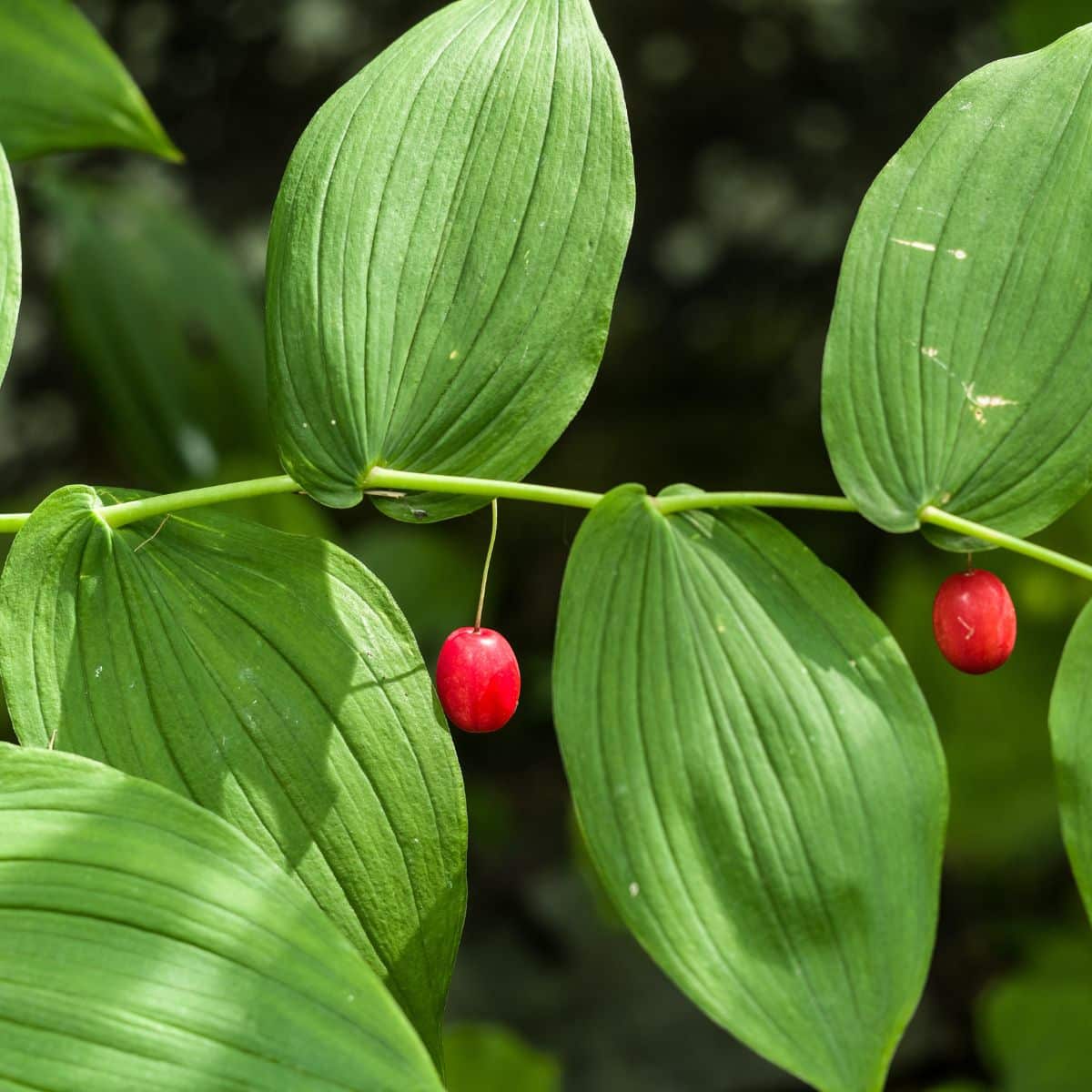
Watermelon berries are indigenous to much of Alaska from its Southeastern Coast to deep into the interior. The bright red berries are about the size of a grape, and as the name suggests, taste a bit like watermelon. They grow wild and are mostly eaten by the handful by hikers and local berry pickers.
Yew Berry
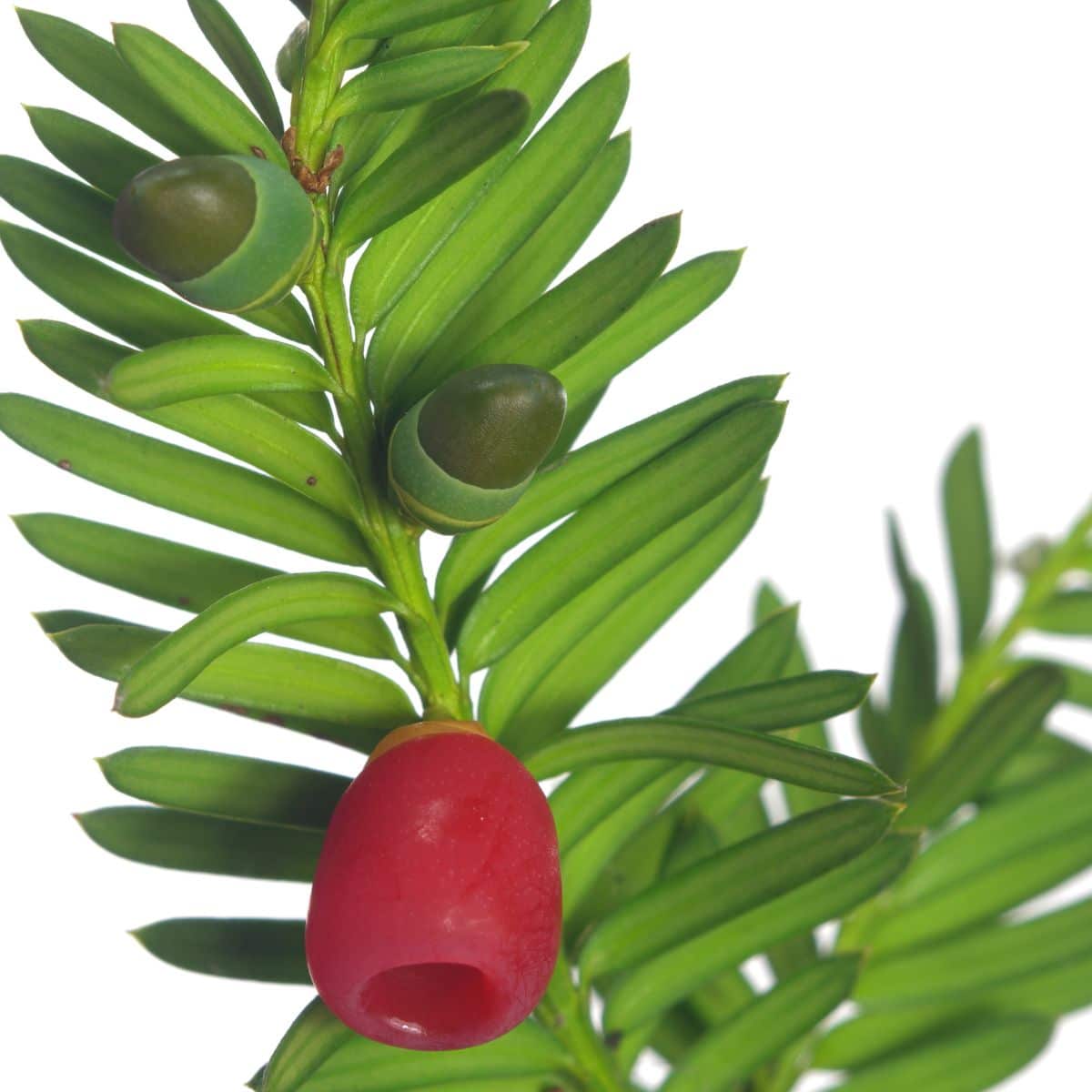
Yew Berries grow mostly in Europe, and are believed to have originated about 9,000 years ago. The flesh of these berries is quite edible, but (there is always a but) the seeds are toxic. Some animals, like the badger, can safely eat them, but hey the Badger is one tough animal.
Frequently Asked Questions
Are Berries Keto?
In moderation they can be eaten in a keto diet, but they are fairly carb and sugar heavy. Consider that ½ cup of blueberries contains 11g of carbs and 7g of sugar, strawberries have 6g of carbs and 4g of sugar. They are a better carb option than say eating white bread or candy with the same carb content because they provide vitamins and minerals that are often hard to get from a high fat high protein diet.
Are Bananas Berries?
Technically yes. According to the United States Department of Agriculture (USDA) bananas are berries. Their flower has a single ovary which grows a single banana, and though they are tiny bananas have many seeds. They just don’t meet our “culinary” definition of a berry.
Are Watermelons Berries?
According to the USDA watermelons are in fact berries. Berries that have been grown in the USA since 1629 and in Africa thousands of years before that.
Are Grapes Berries?
Yes, per the USDA they are very much berries.
Are Pineapples Berries?
Yes. Pineapples are neither apples nor pines, but according to the USDA they are a fruit composed of many berries that grow together.
Are Strawberries Berries?
No. Neither strawberries nor blackberries are berries by the USDA botanical definition. Their flowers have more than one ovary and each of these fruits is actually made of many tiny fruits.
Are Pumpkins Berries?
Again, yes. According to the USDA pumpkins are berries.
Are Cherries Berries?
No. Cherries are a stone fruit. We eat them more like berries than so many of the other fruits in this list of berries, but the USDA will confirm that sadly they don’t meet the berry definition.
Are Tomatoes Berries?
Yes. According to the USDA tomatoes are in fact berries. This, our final entry, does bring us to the question Does It Matter? We eat tomatoes neither as a berry nor even a fruit. Culinarily we treat it as a vegetable
Trivia Answer
Scientists found fossilized fruit in South America dating back 52 million years. Unfortunately for the dinosaurs, they disappeared 65 million years ago and missed out on this wonderful group of foods.
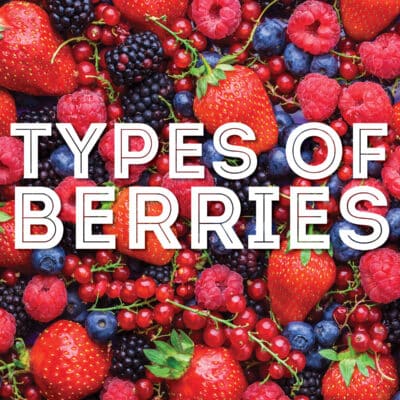
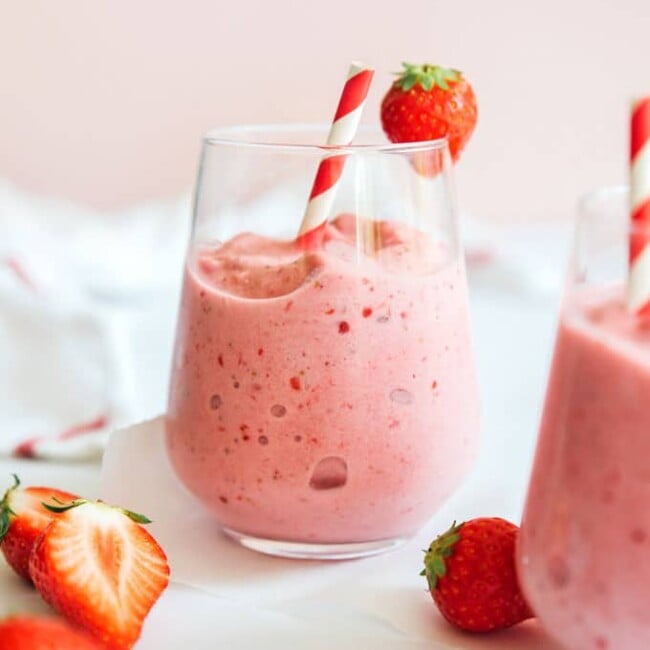
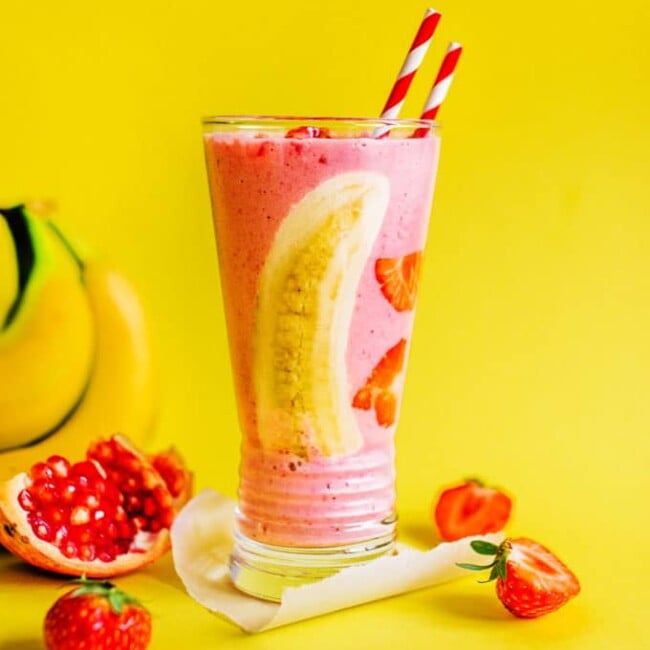
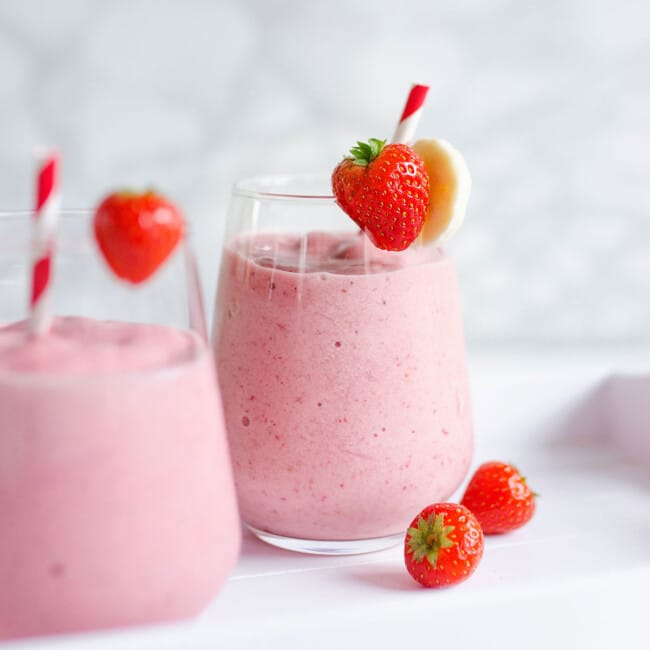
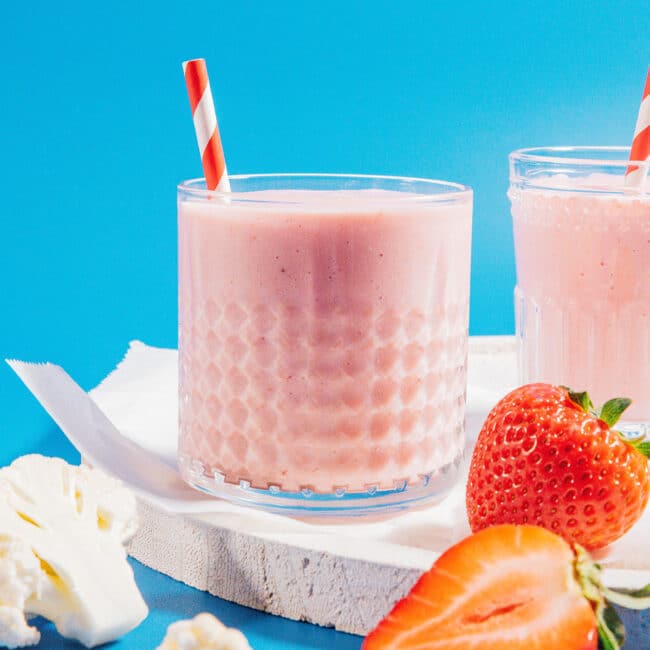
Dennis watson says
Nice read. Who knew there were so many?